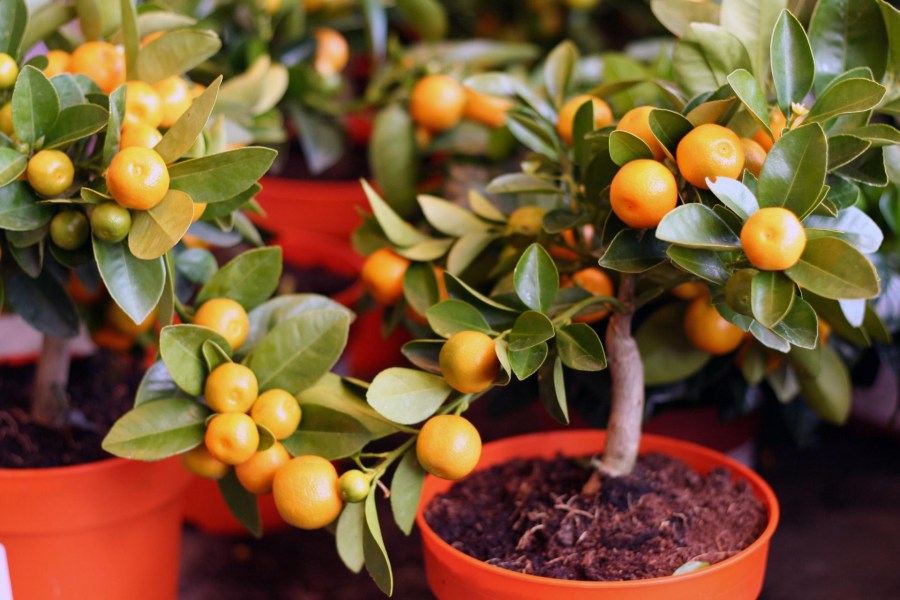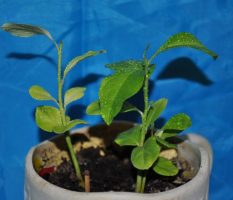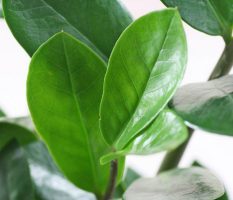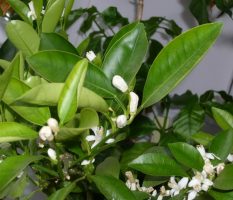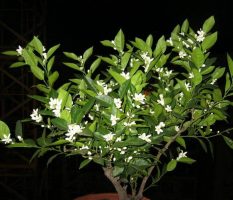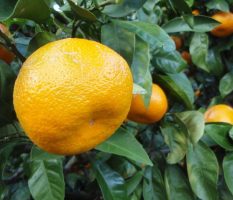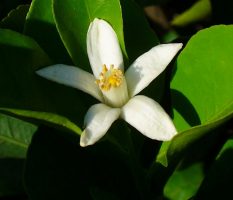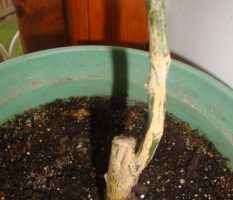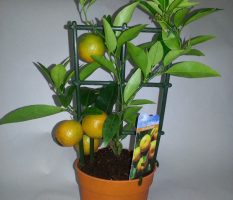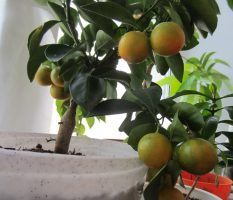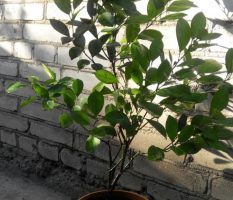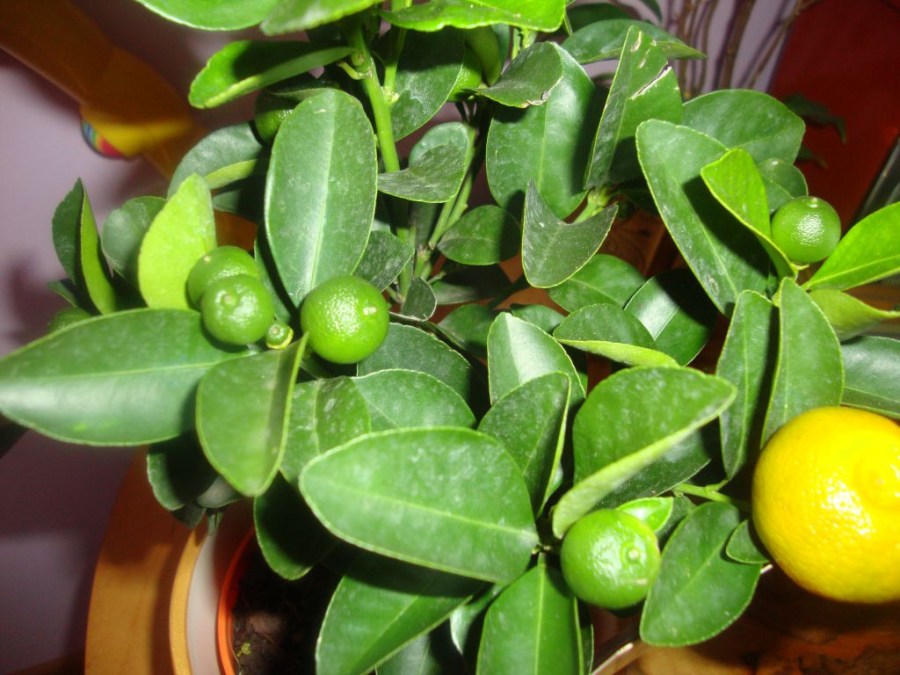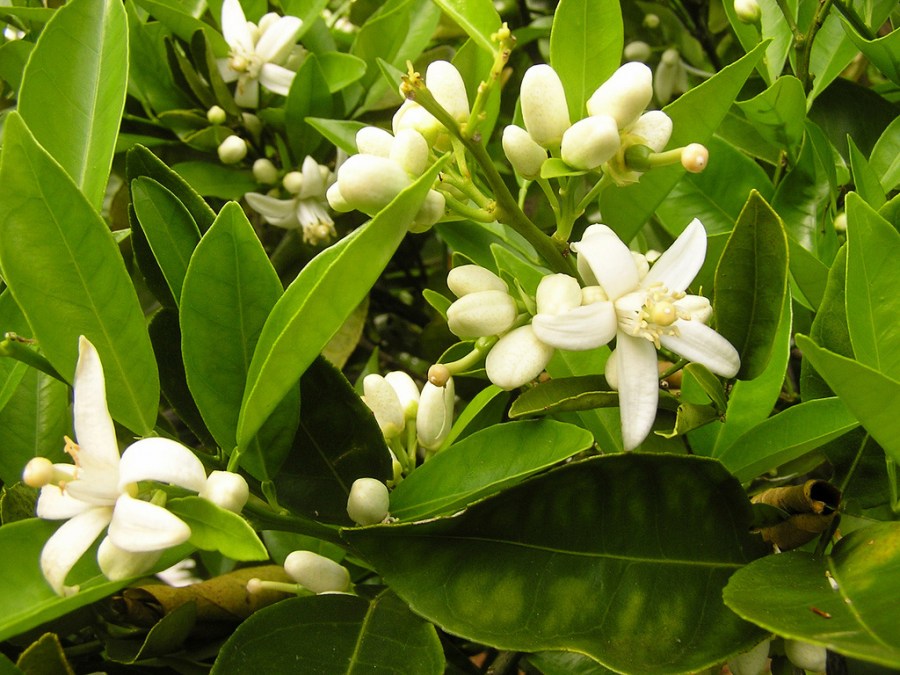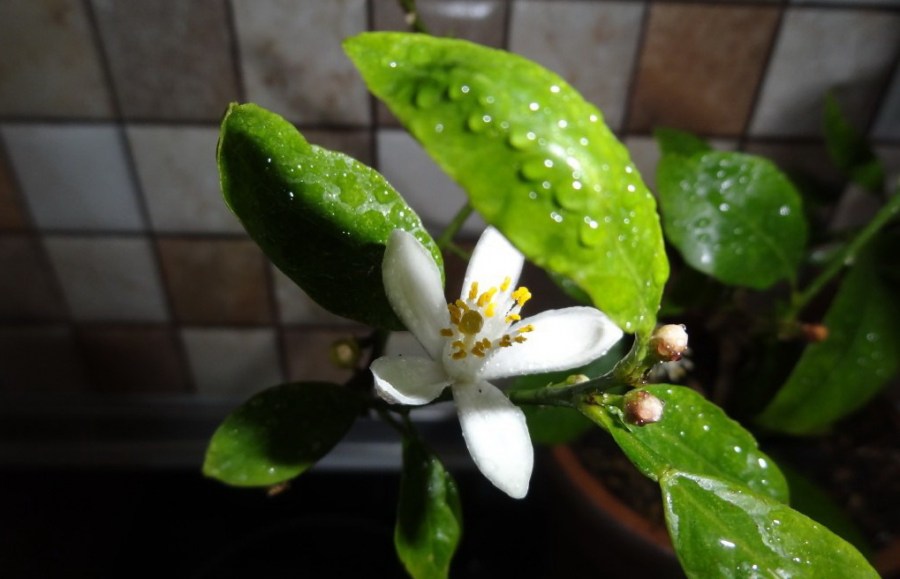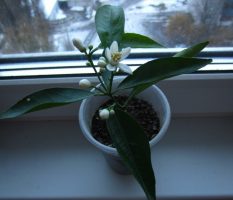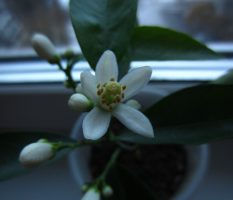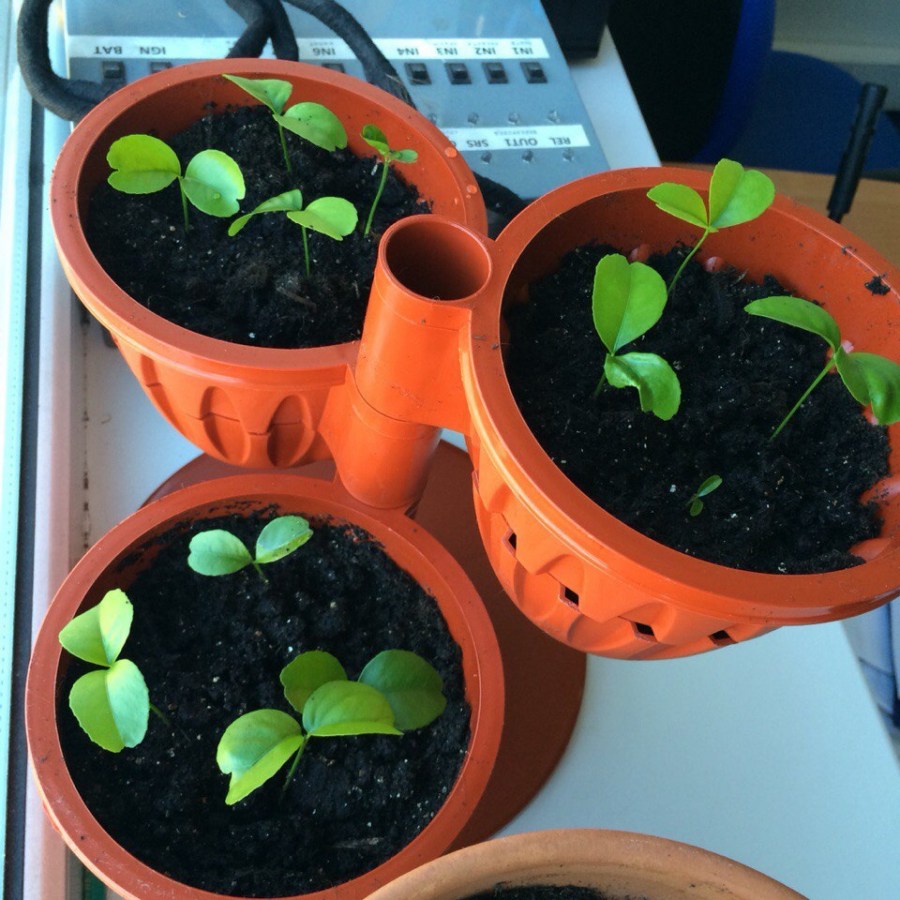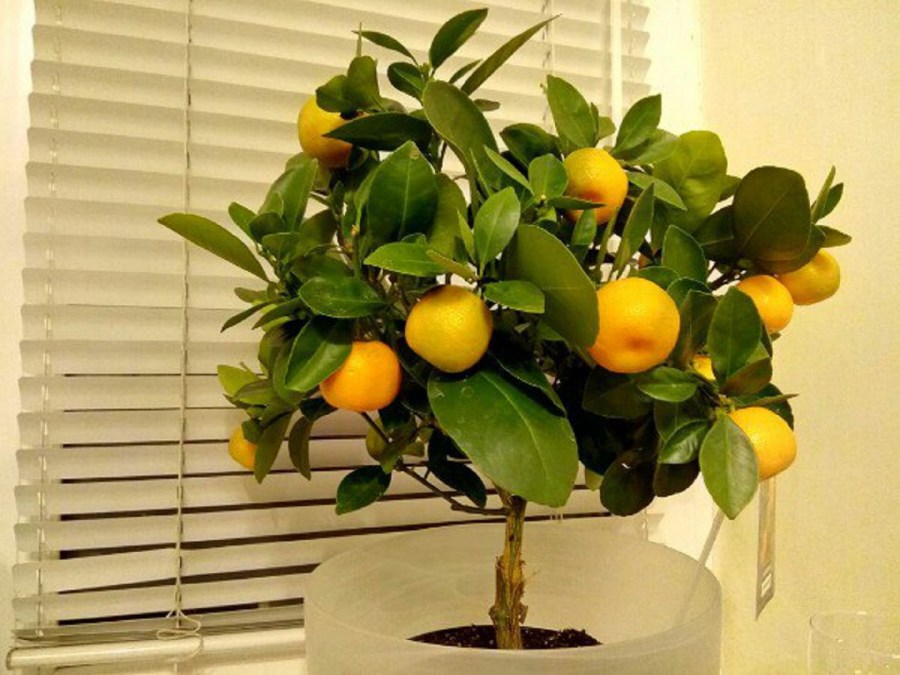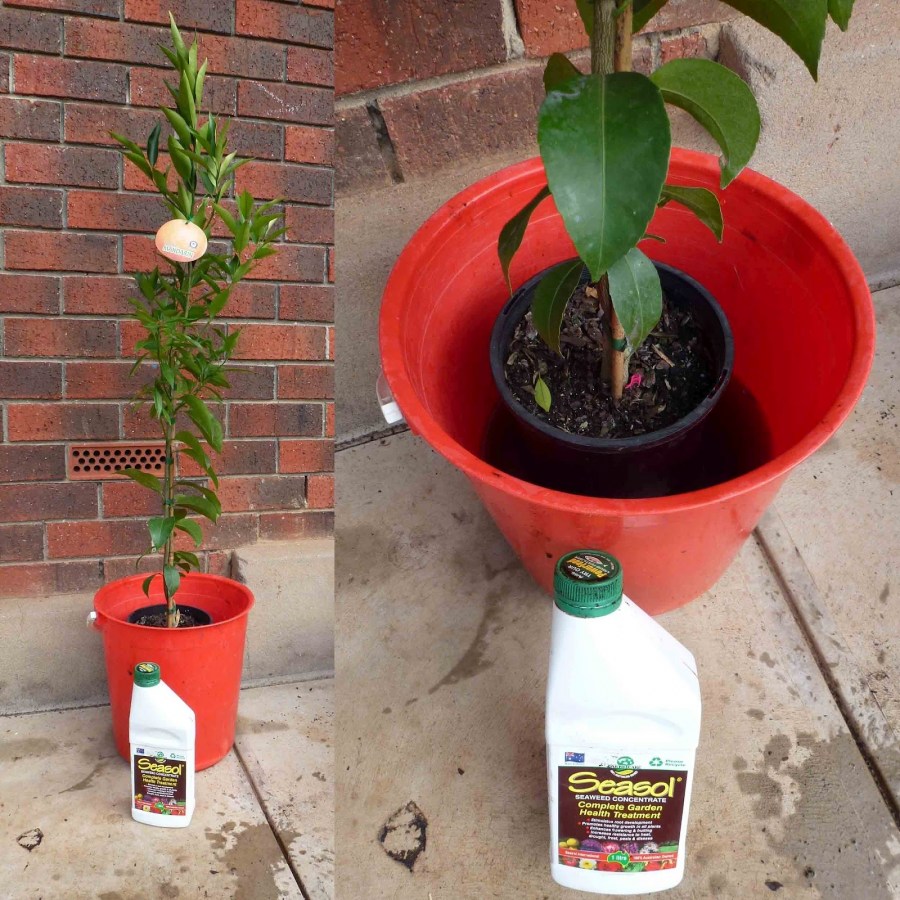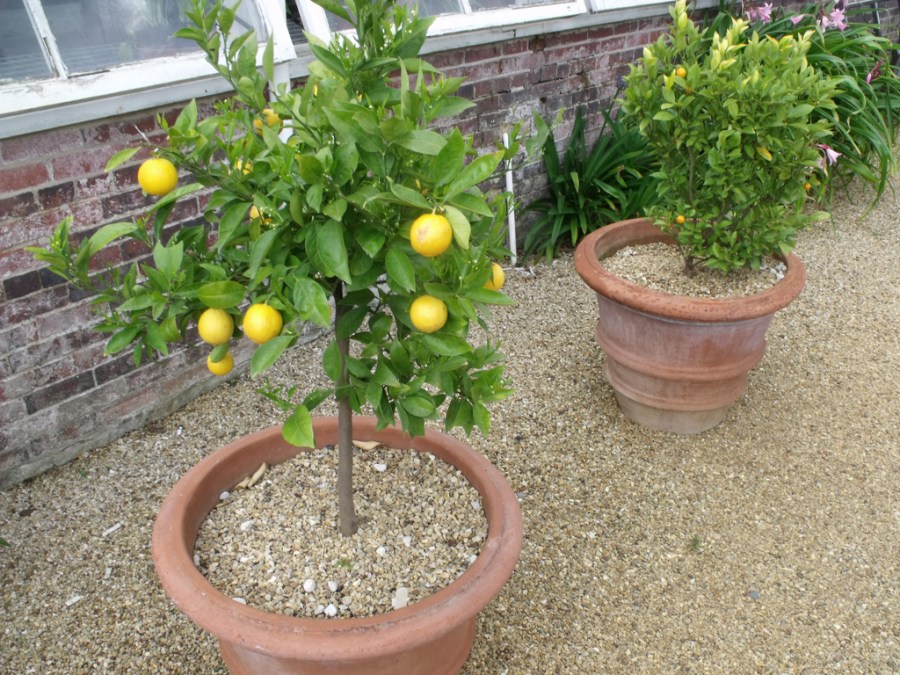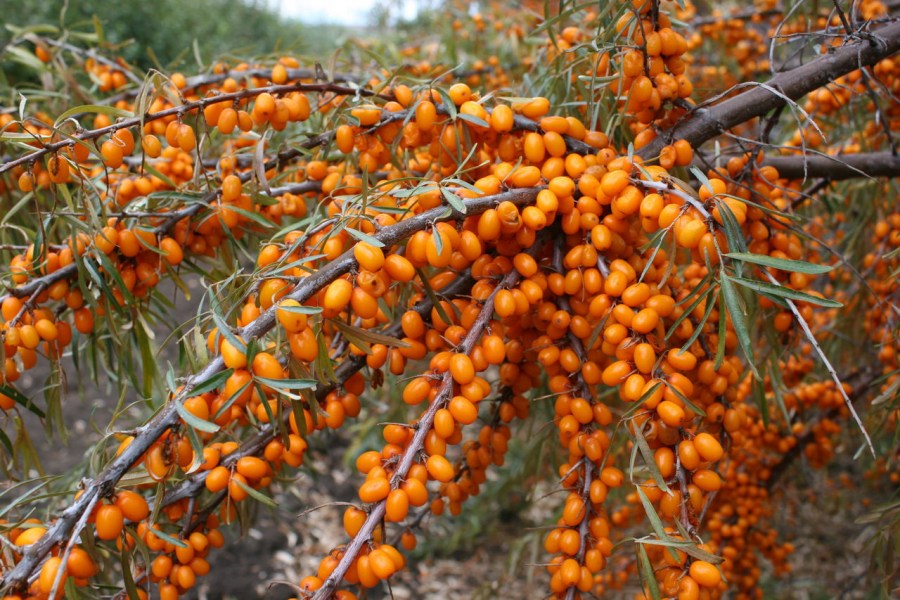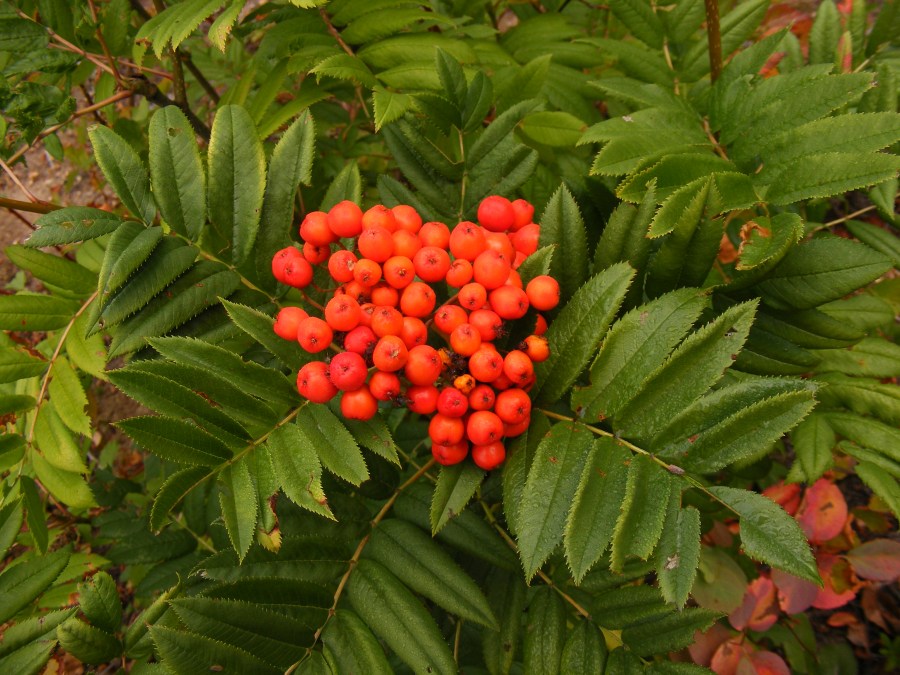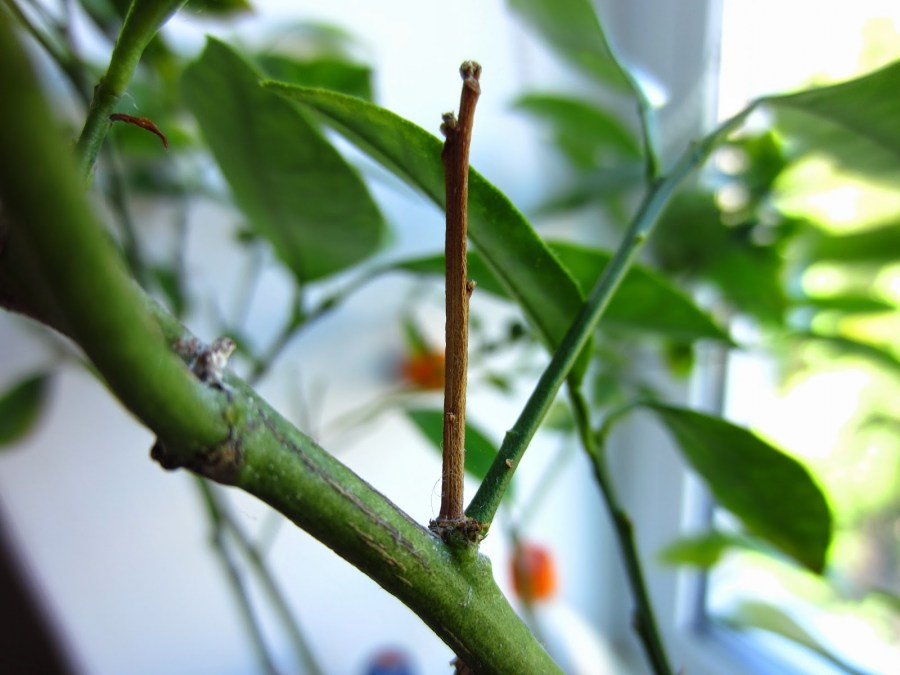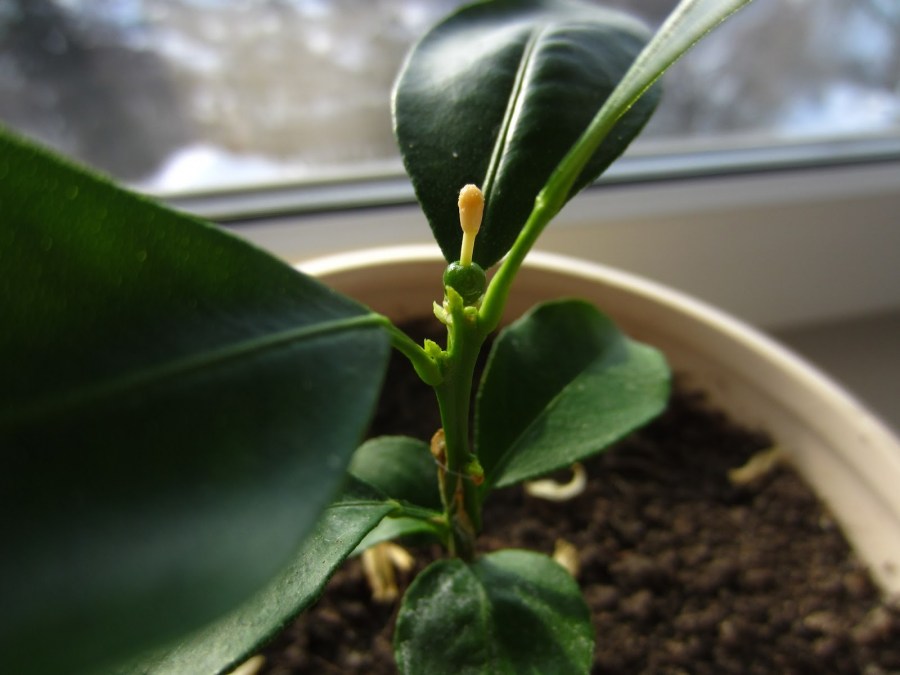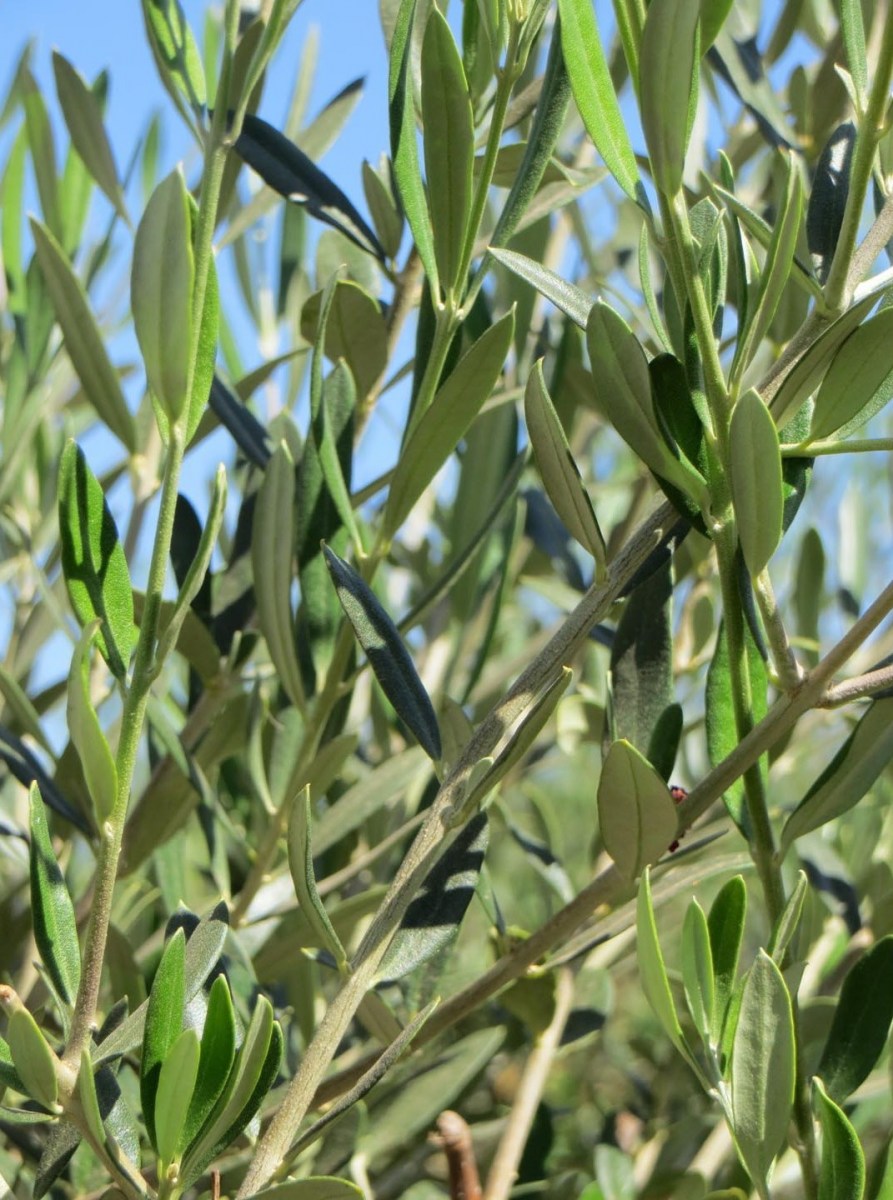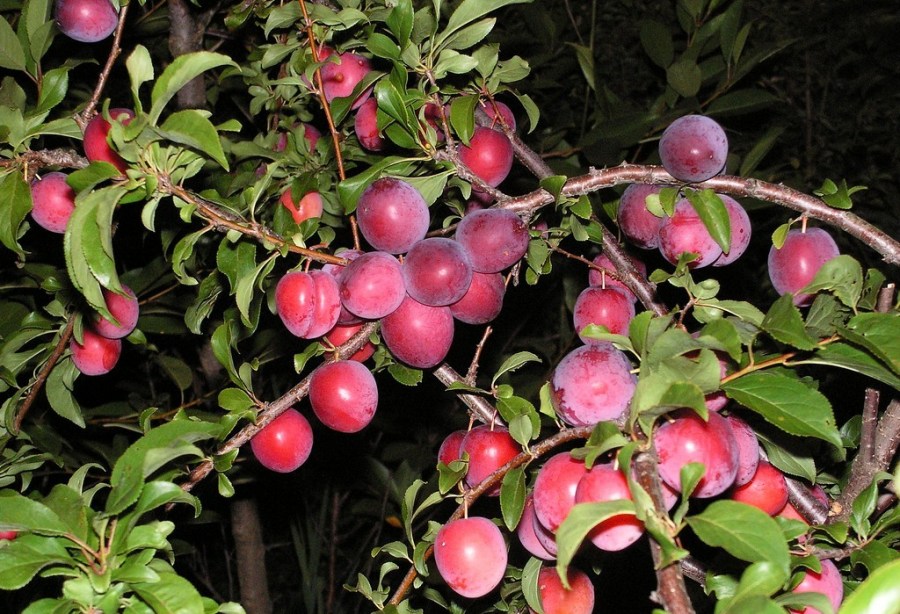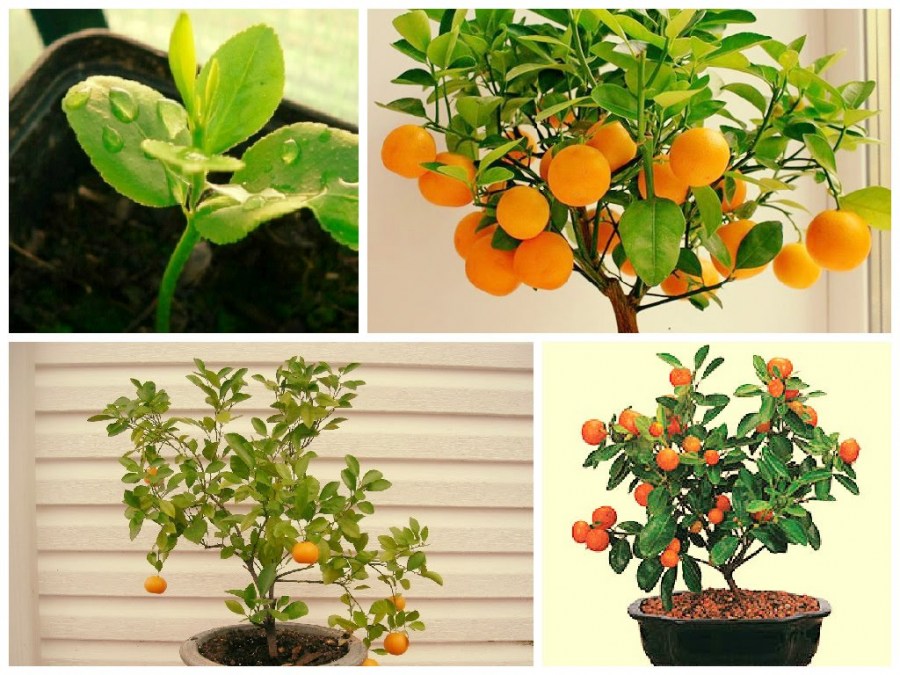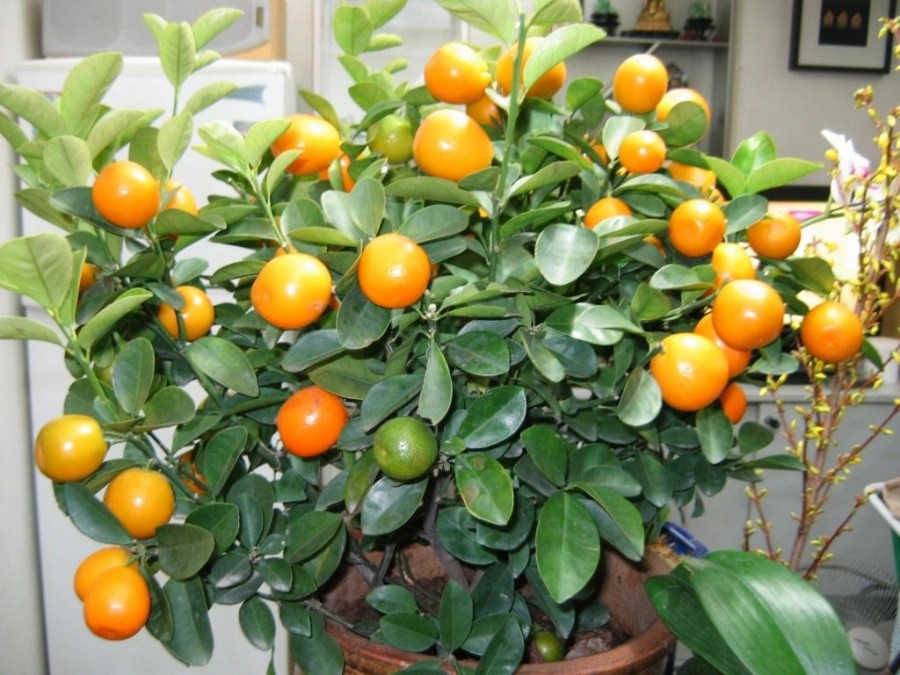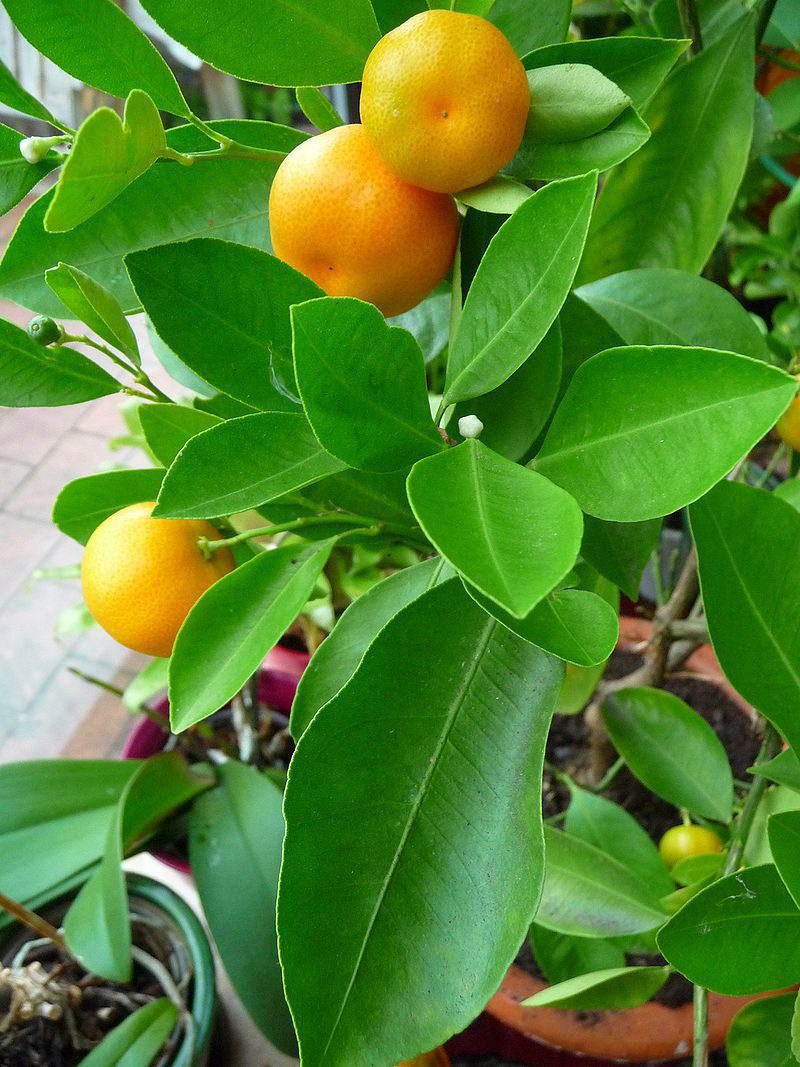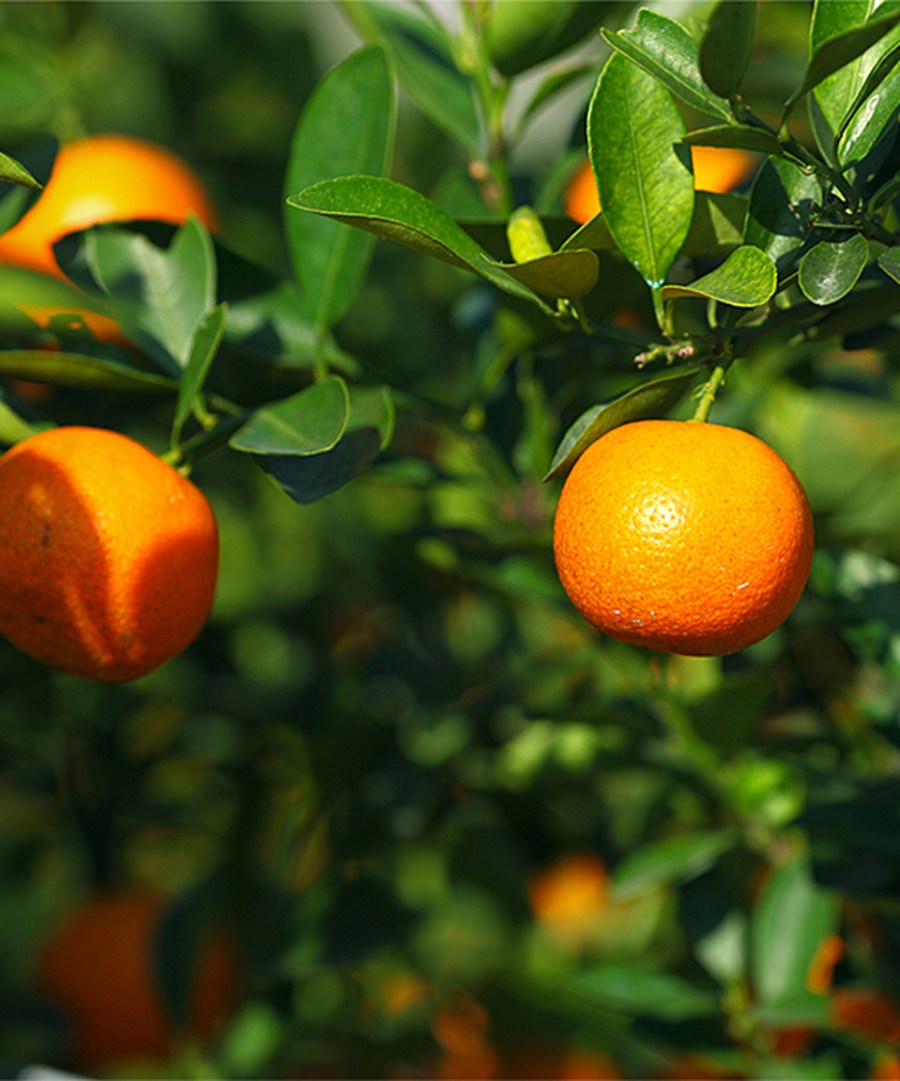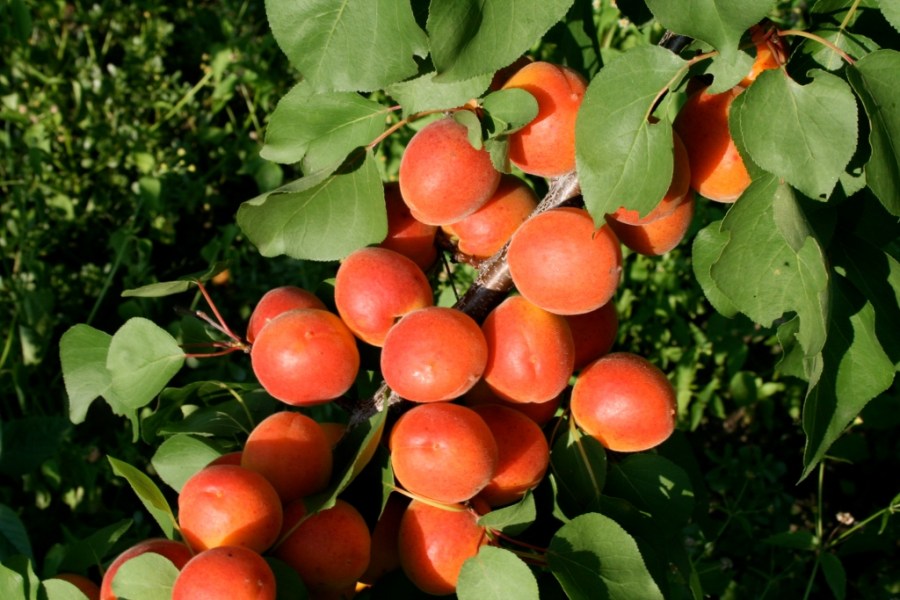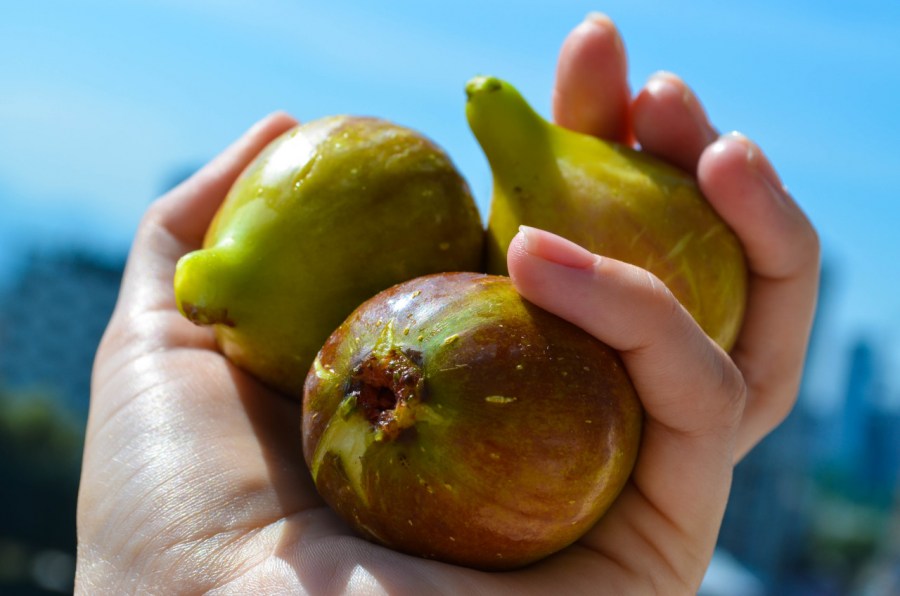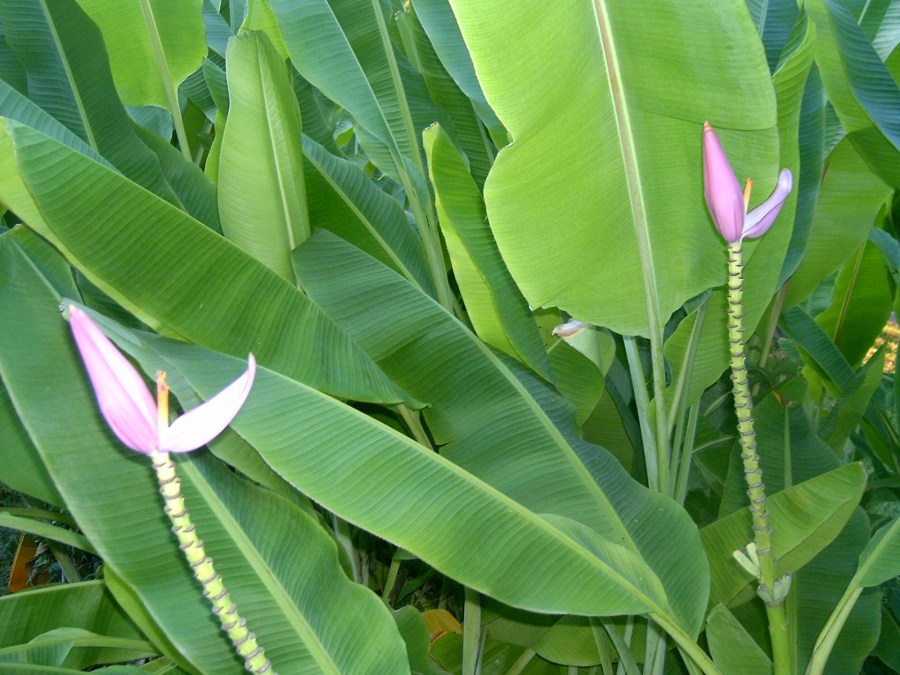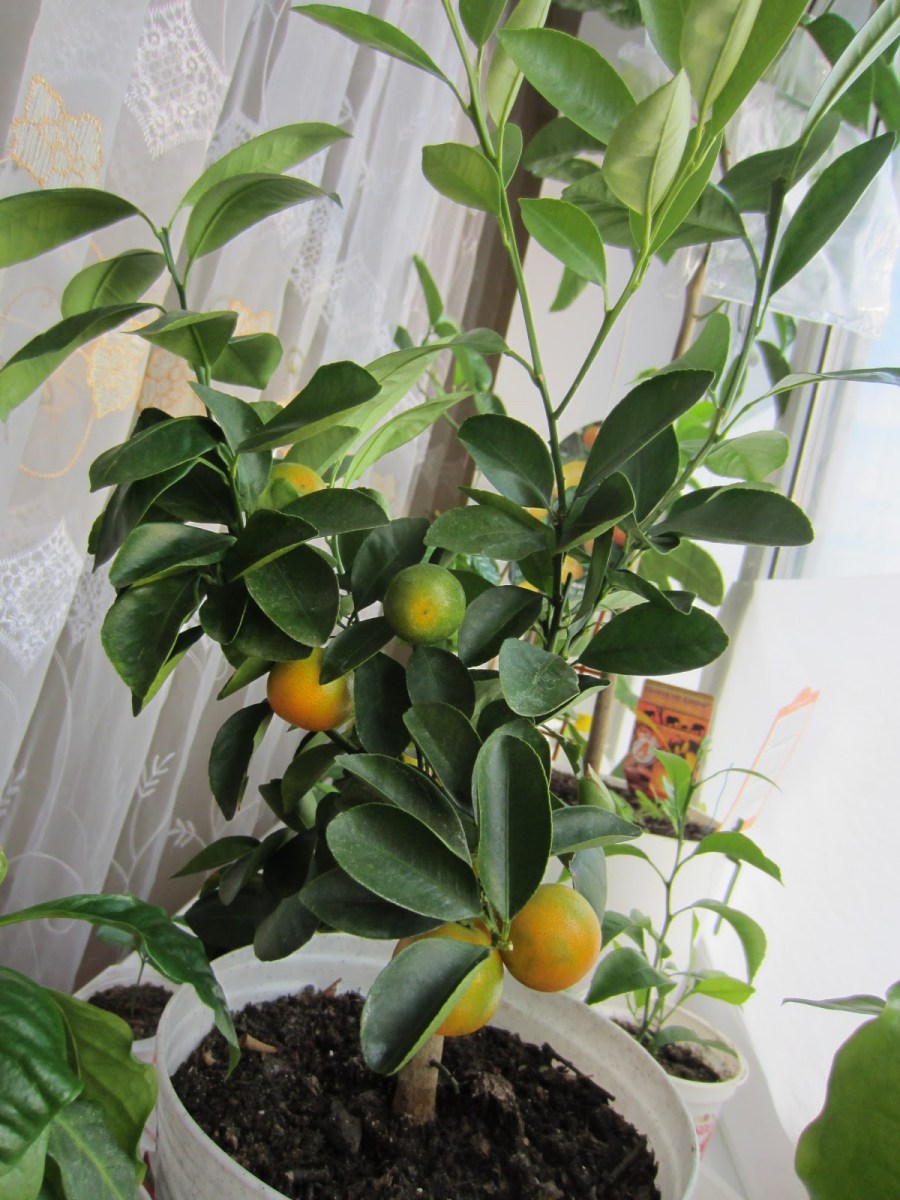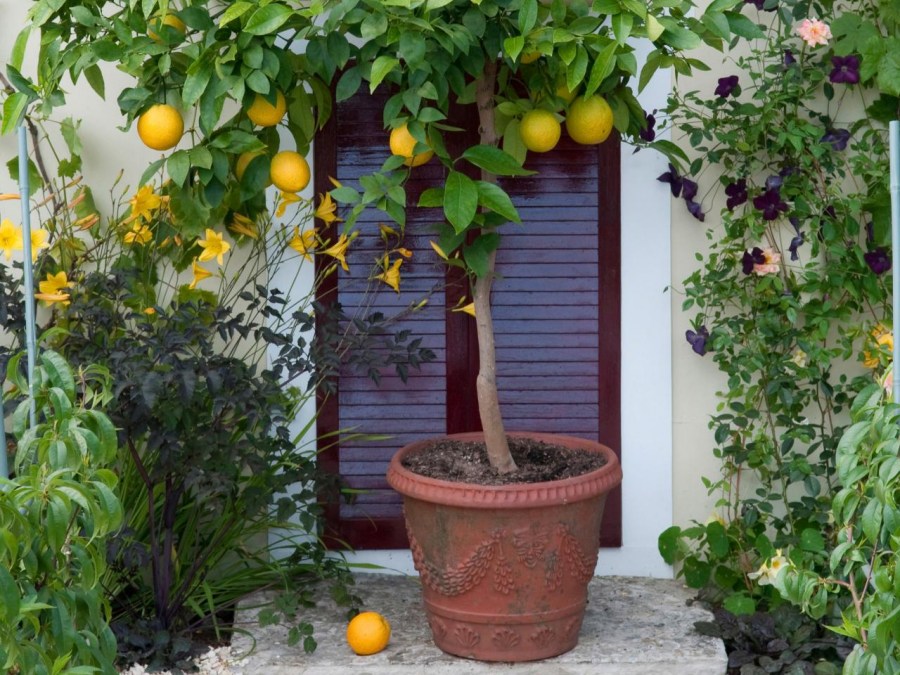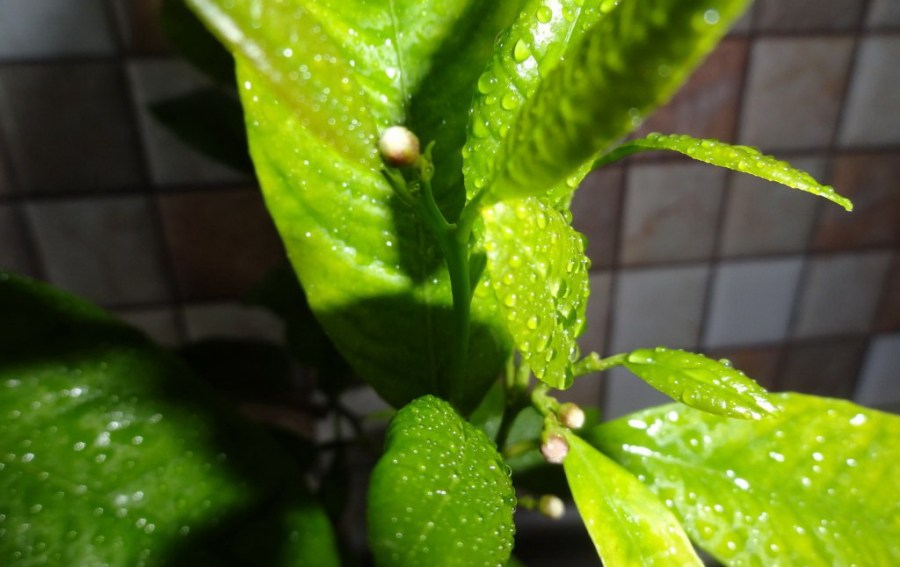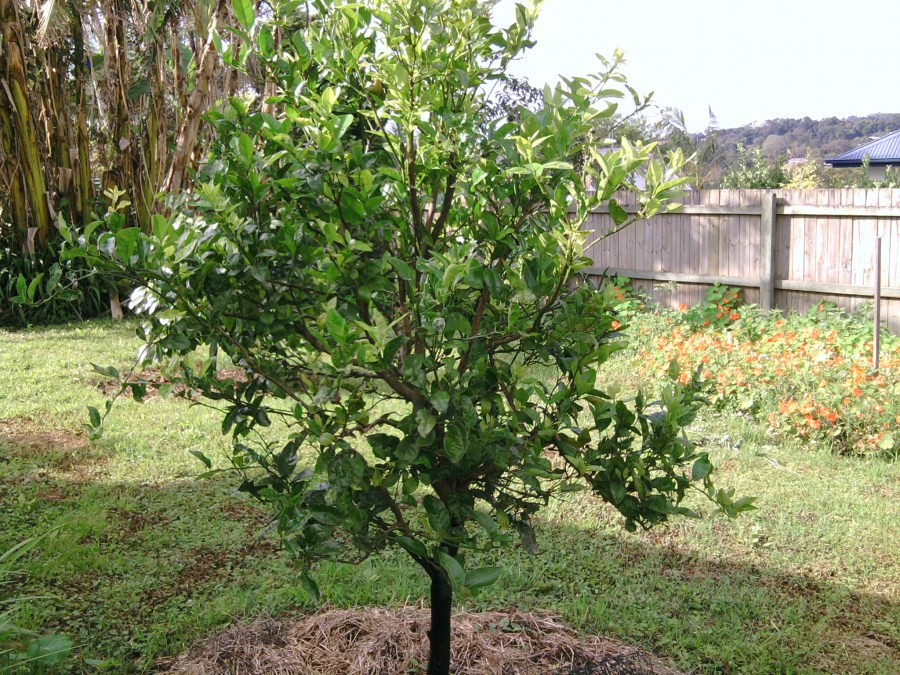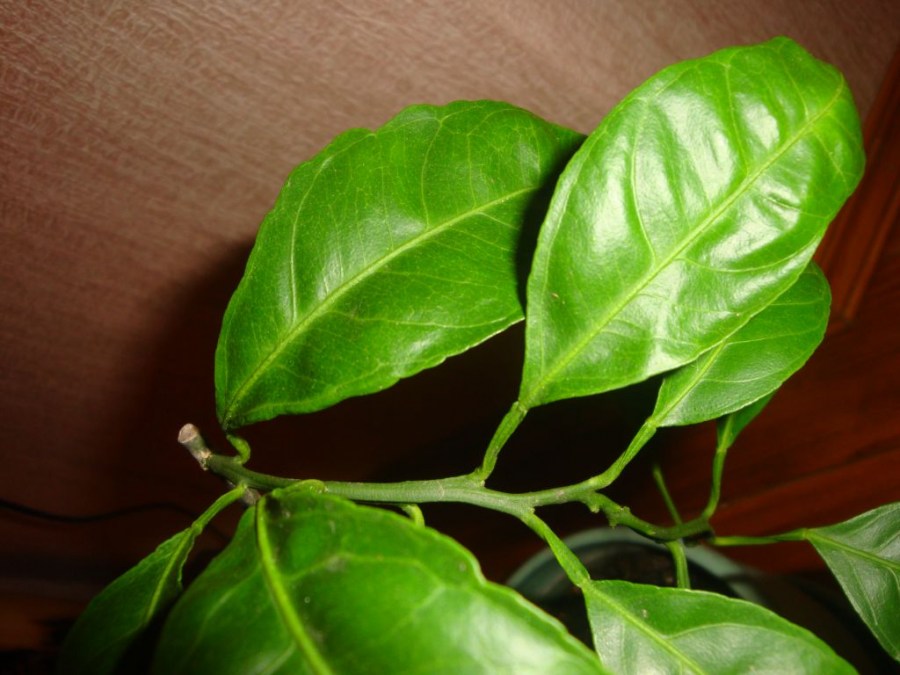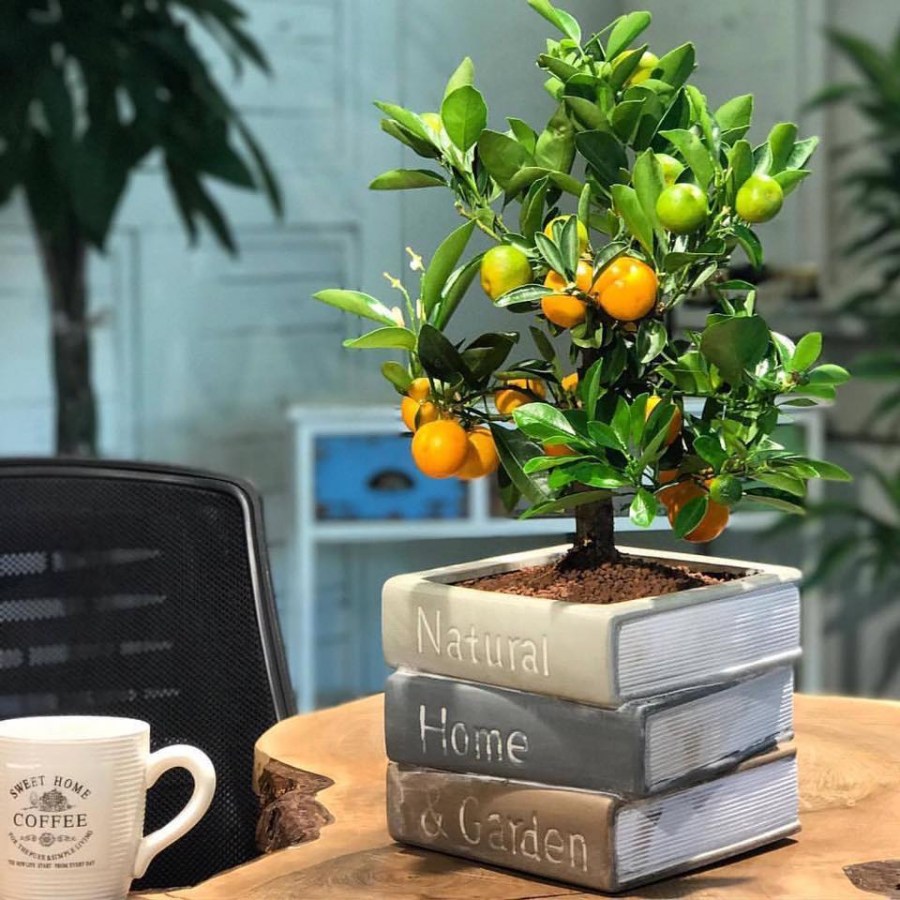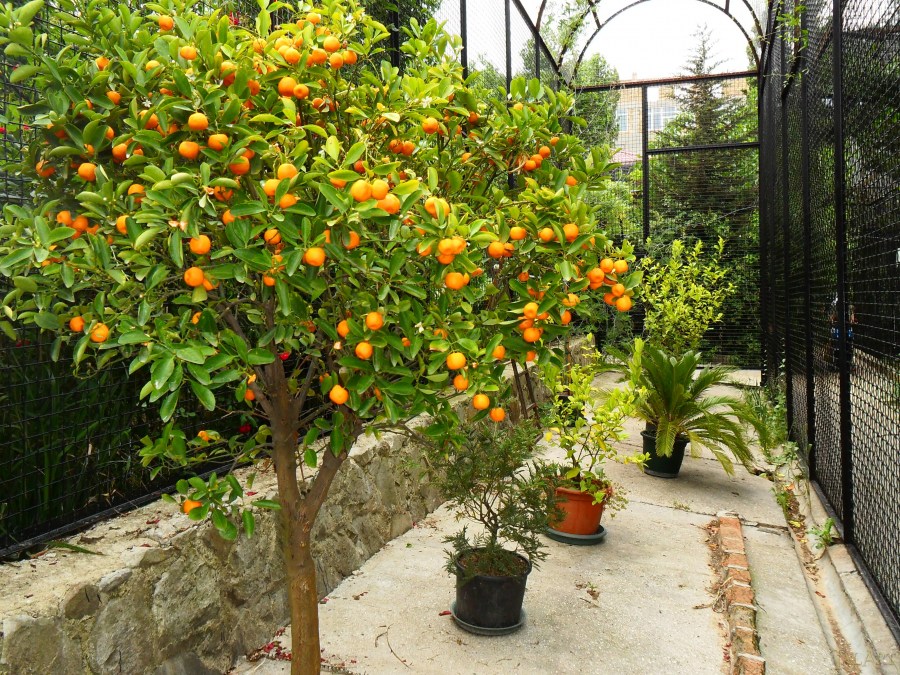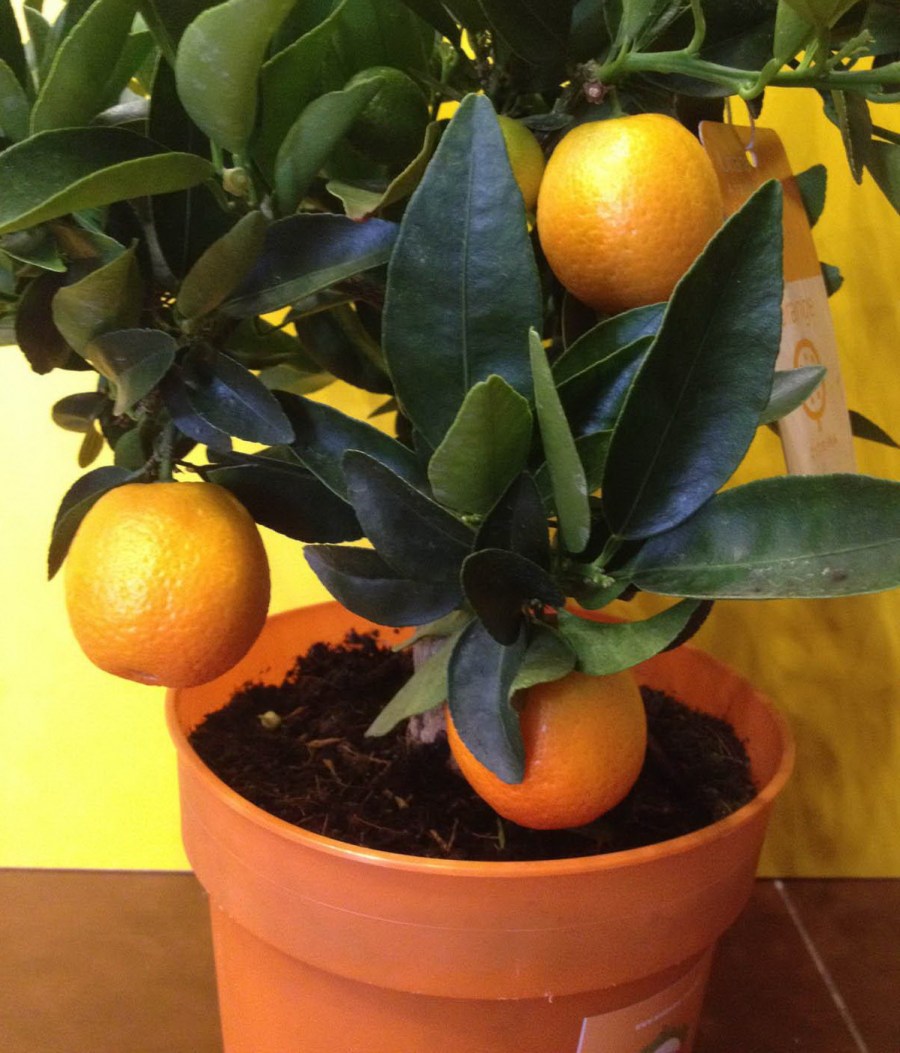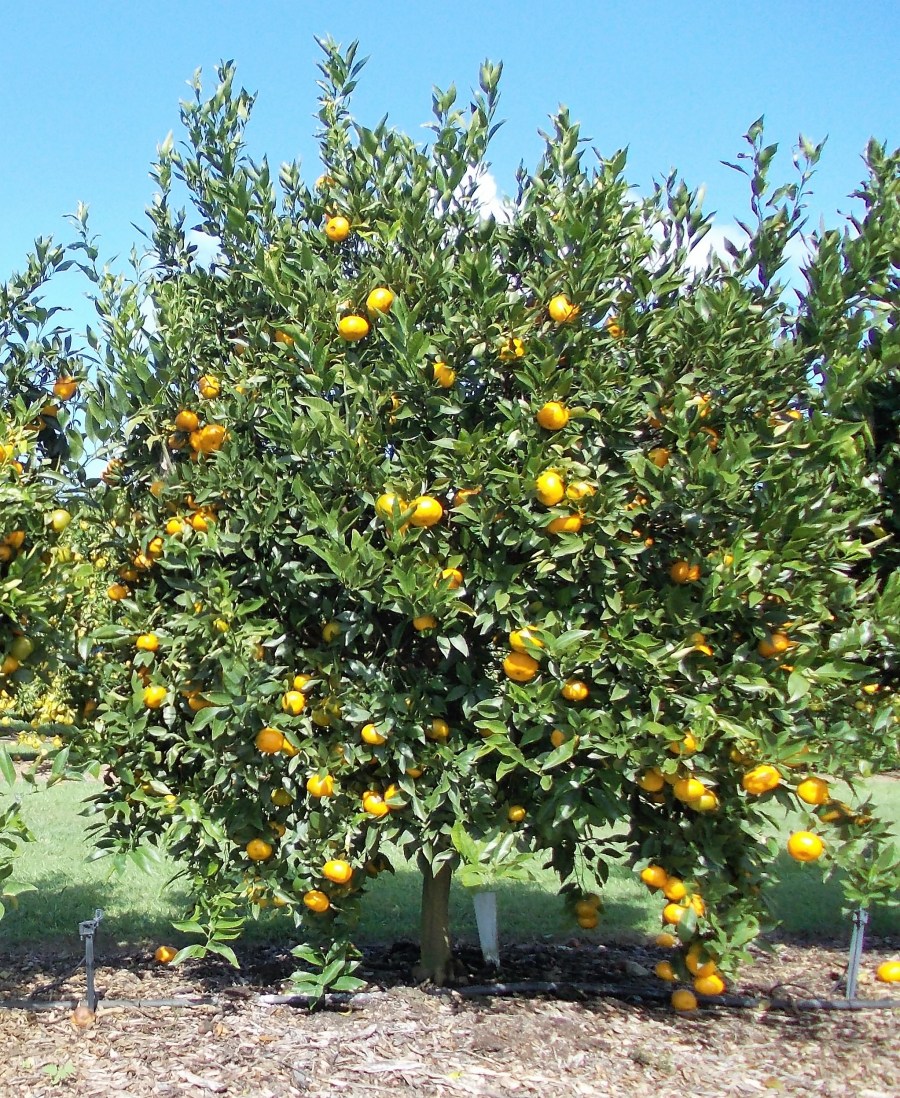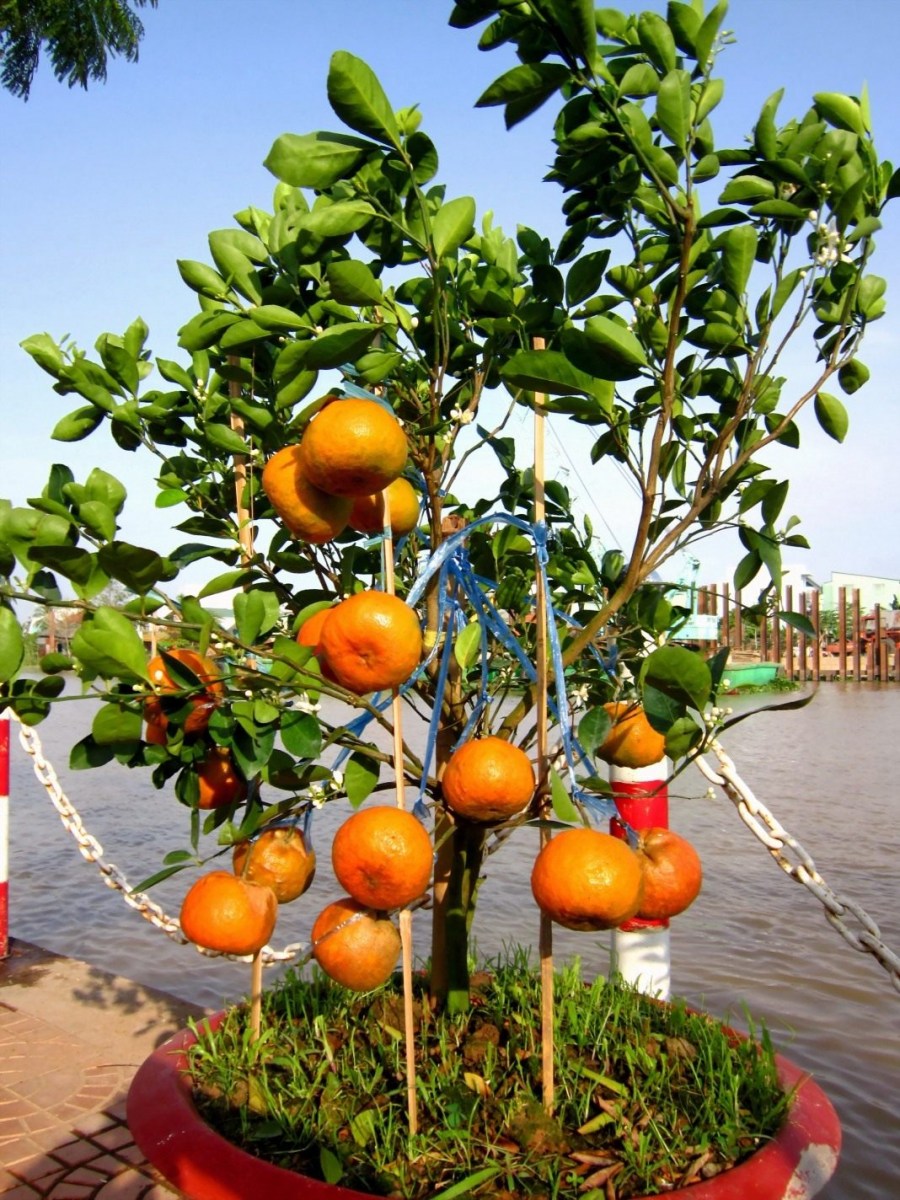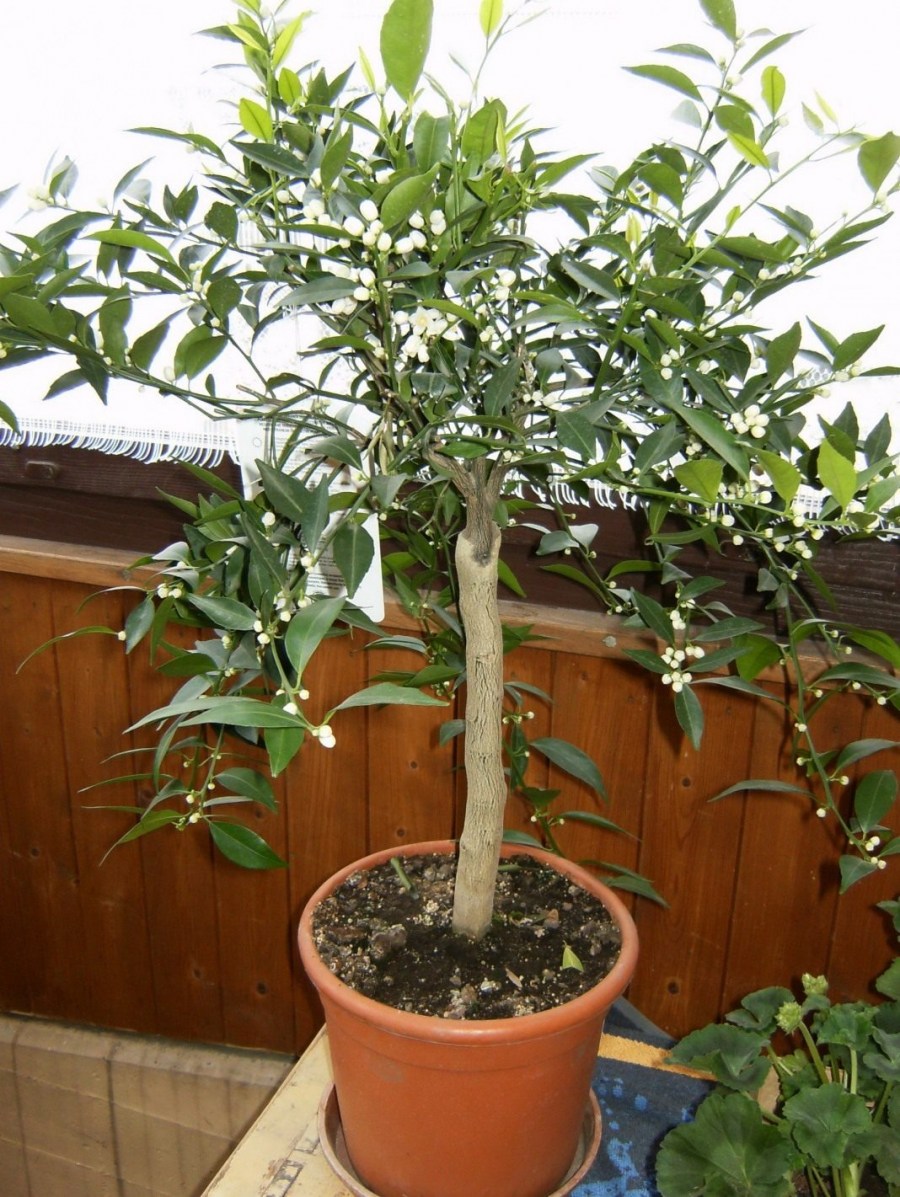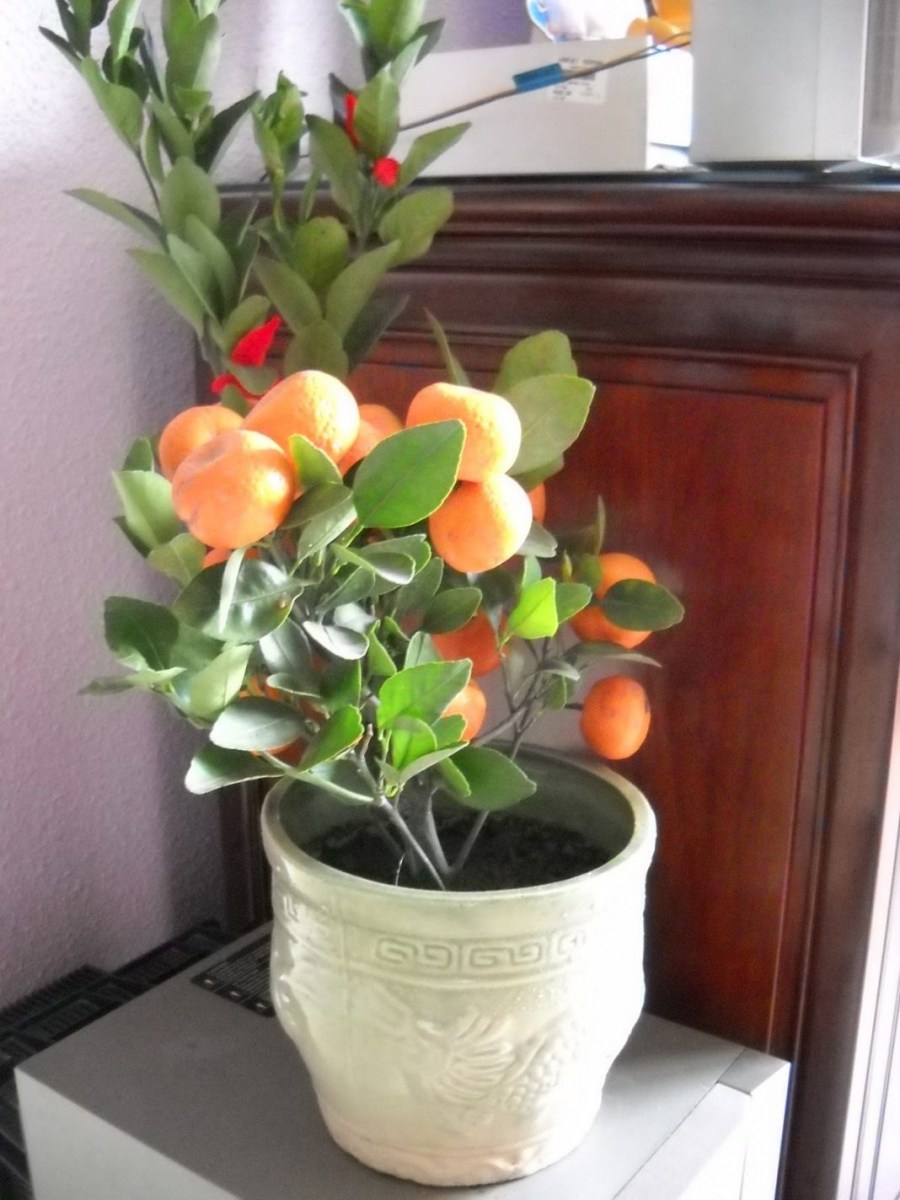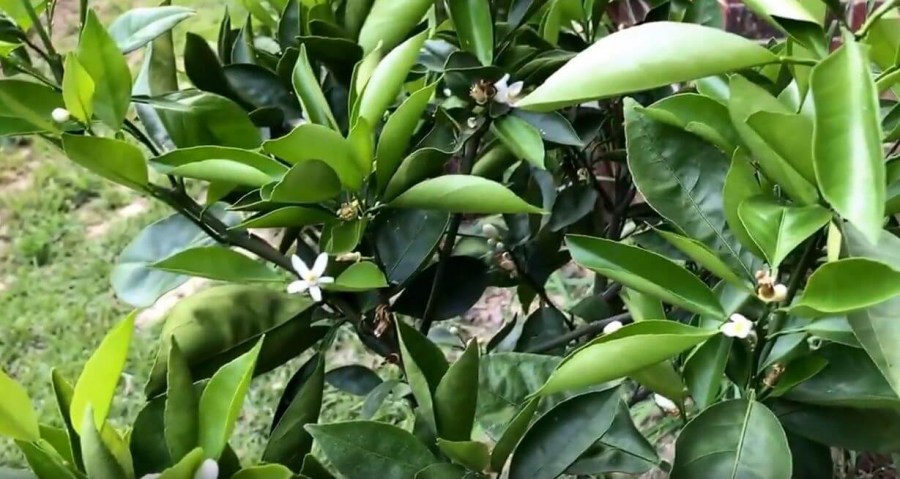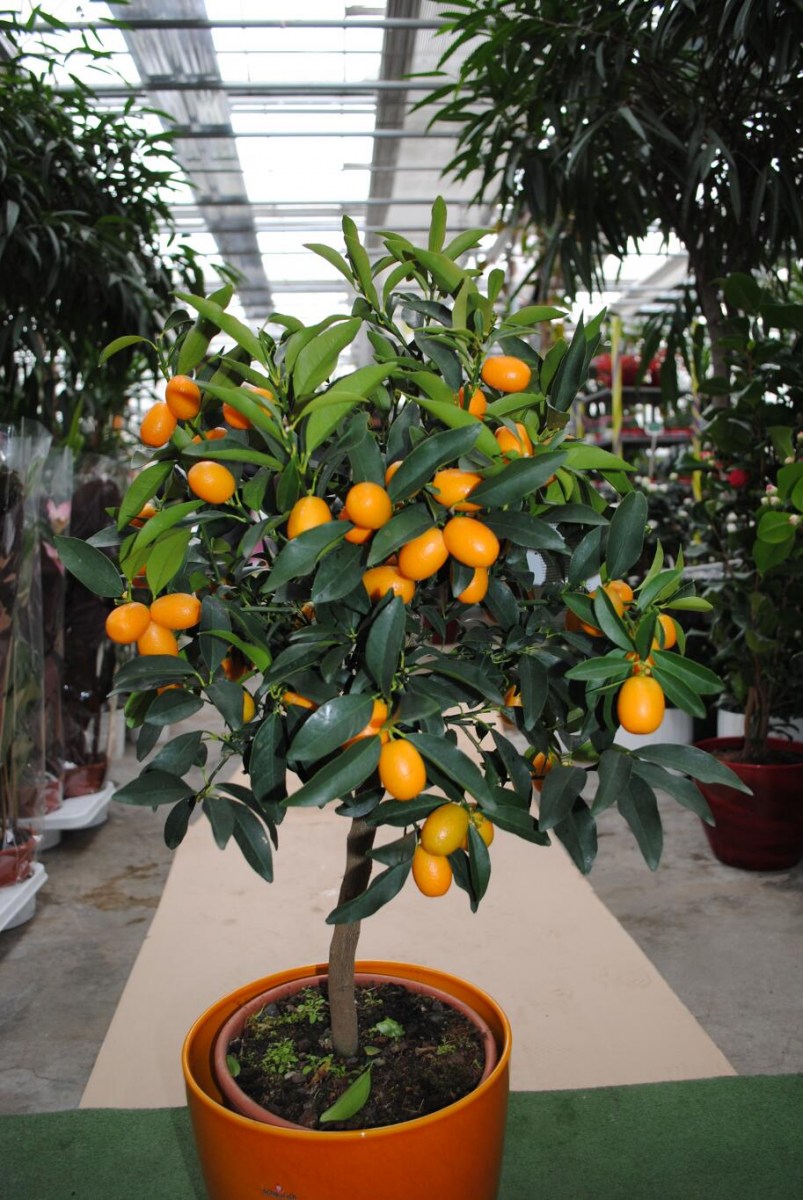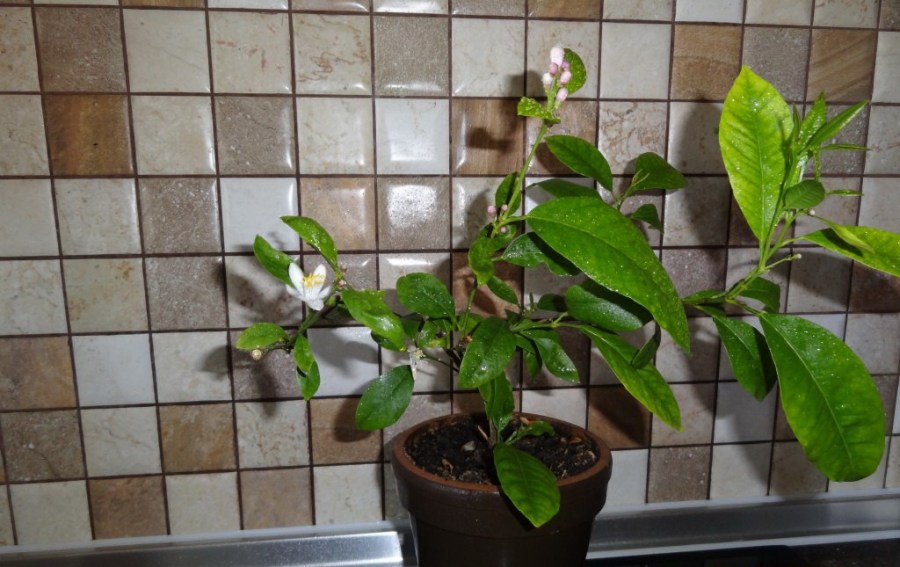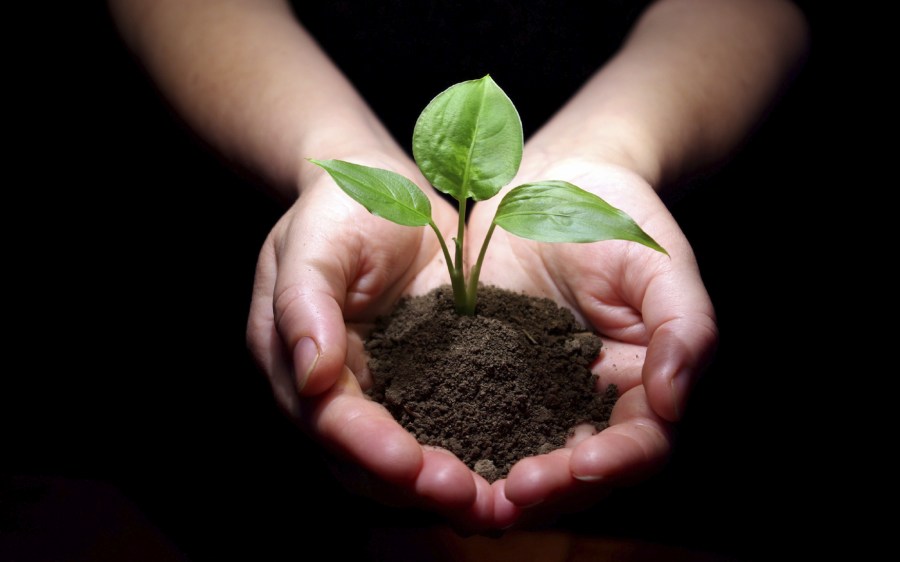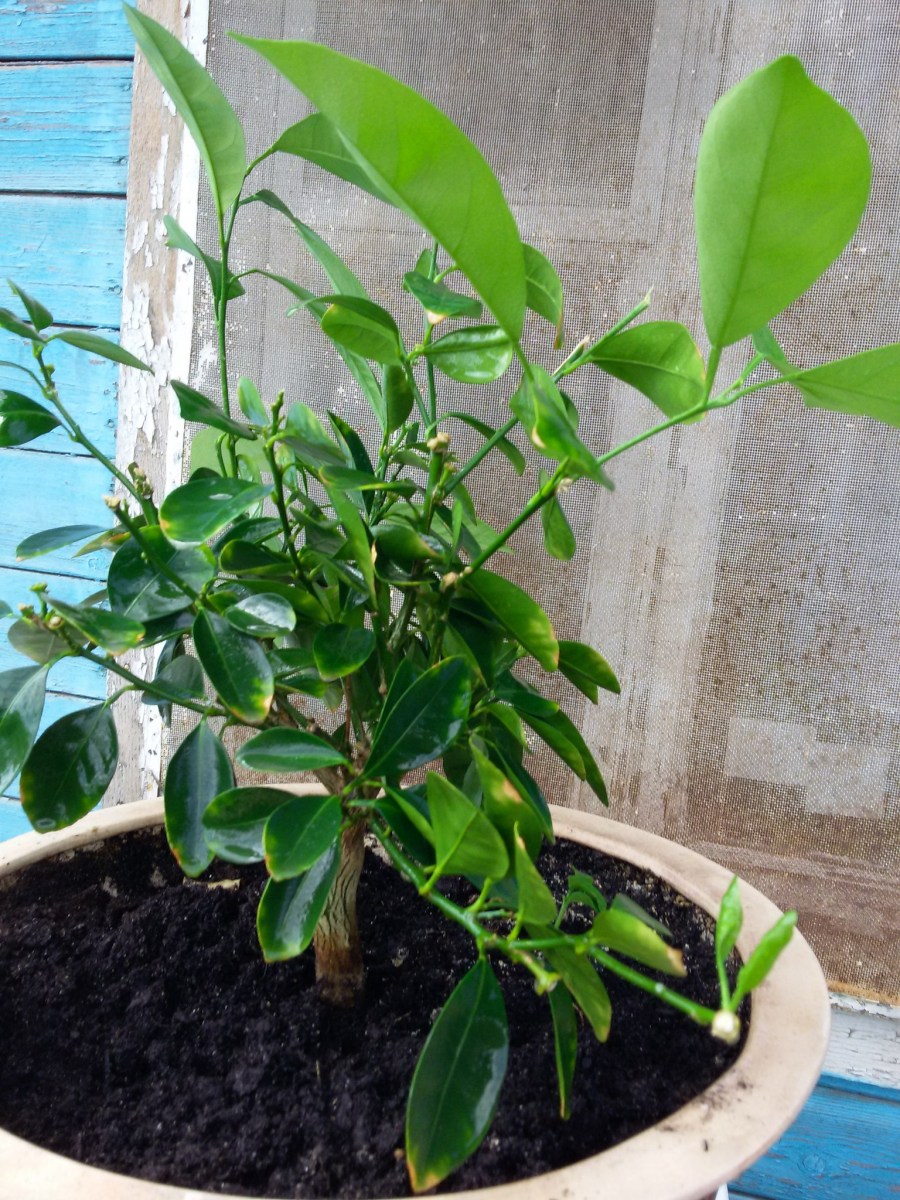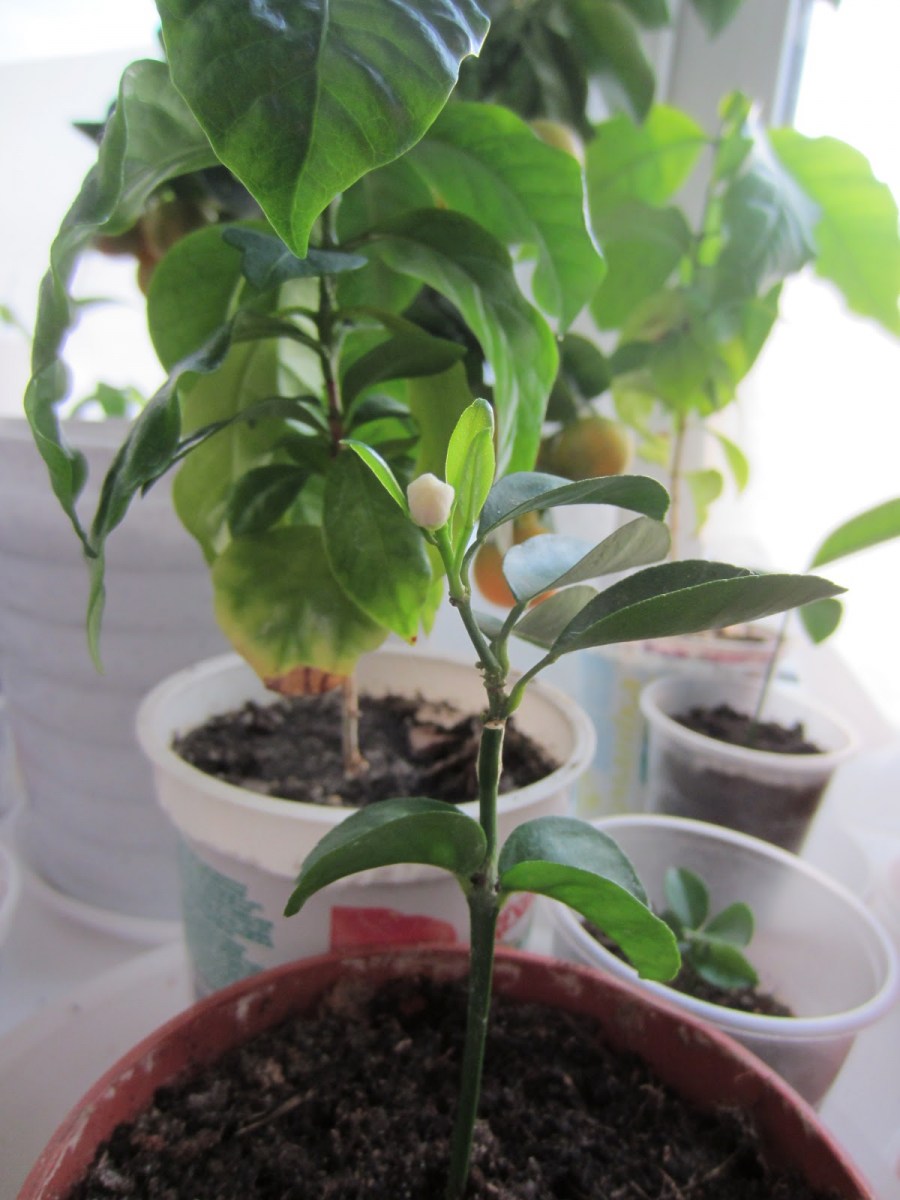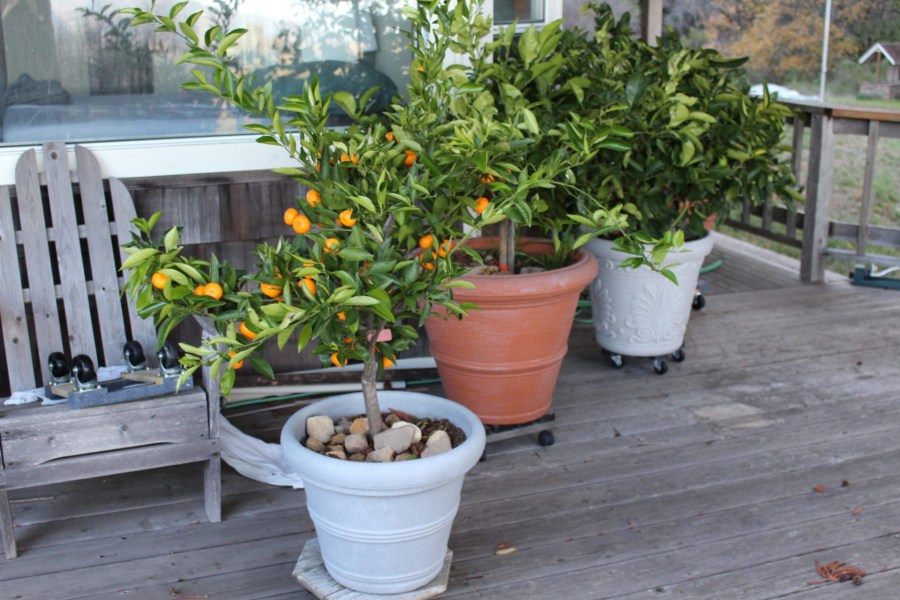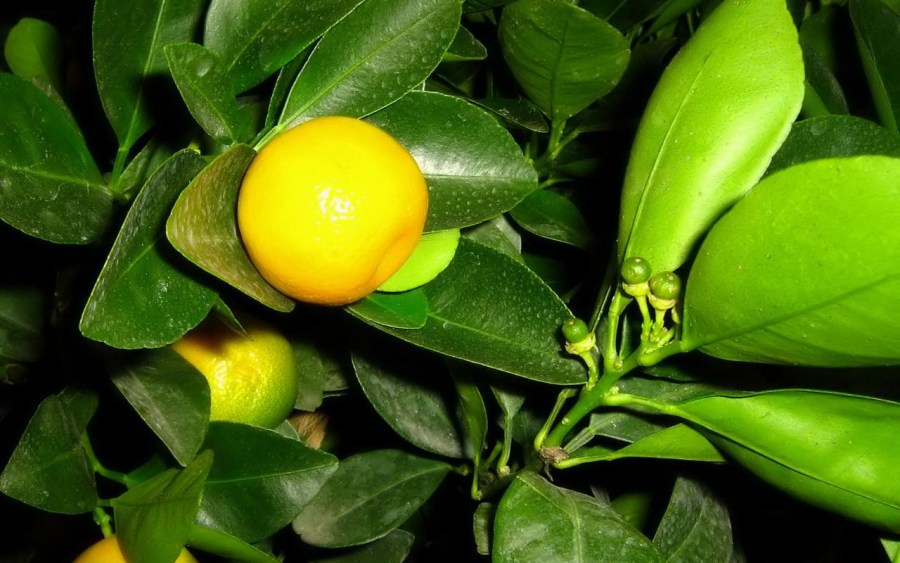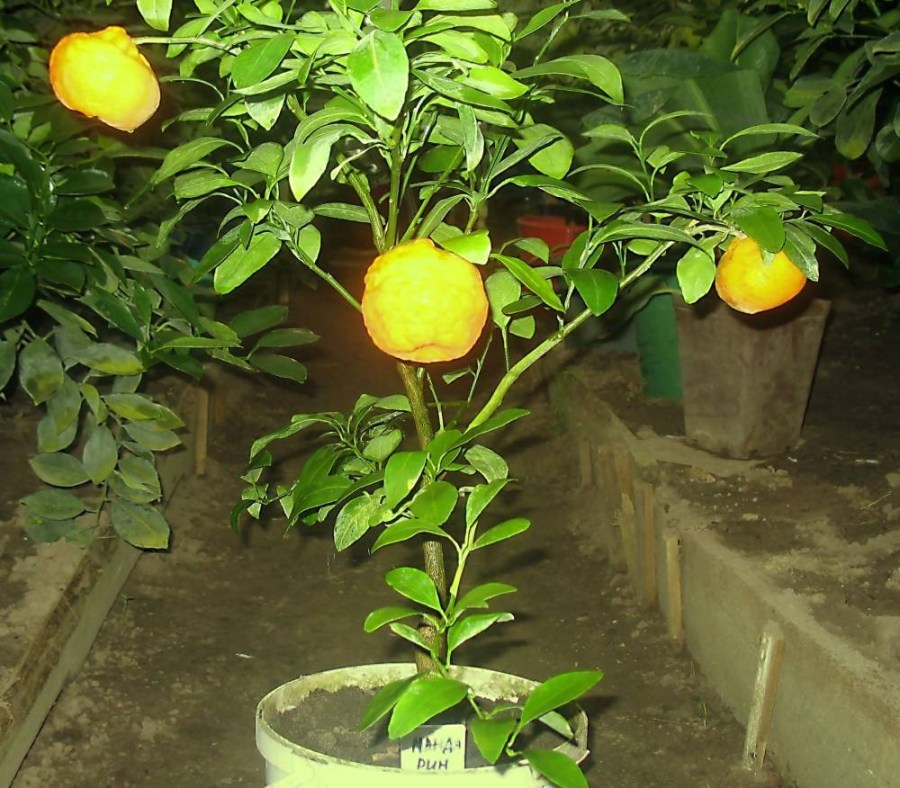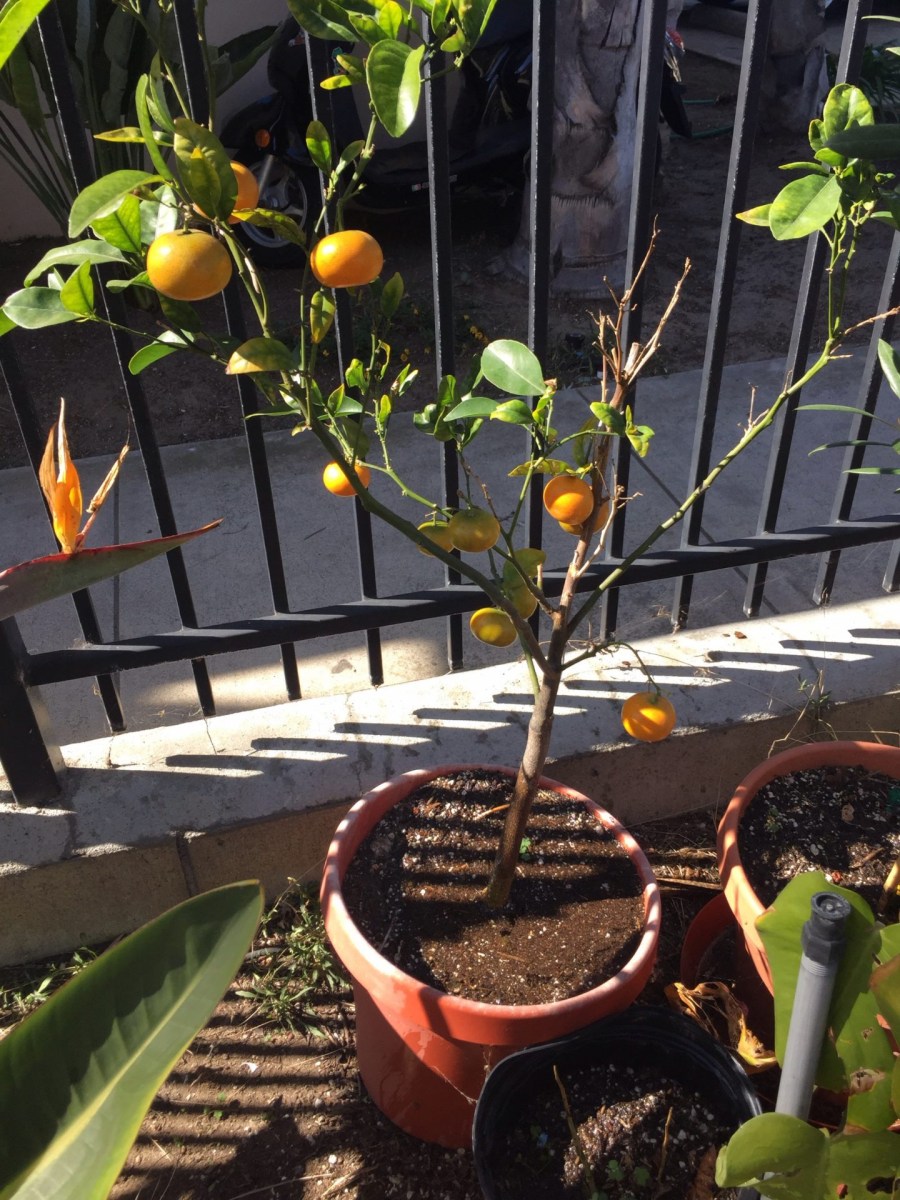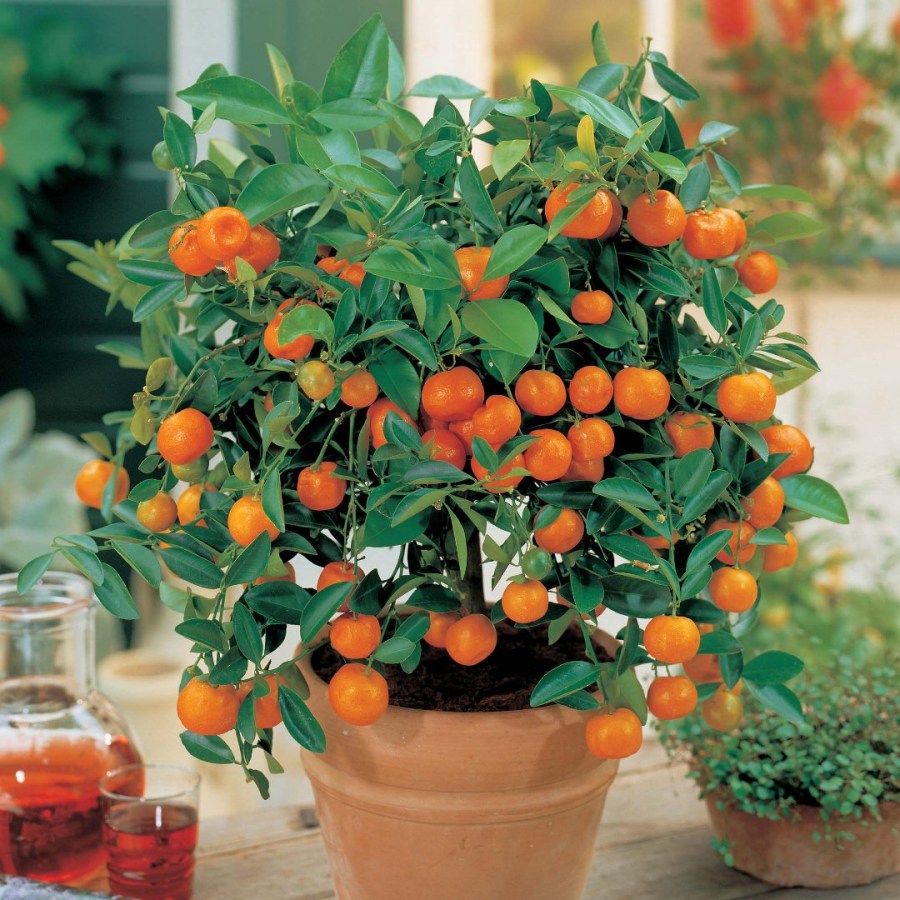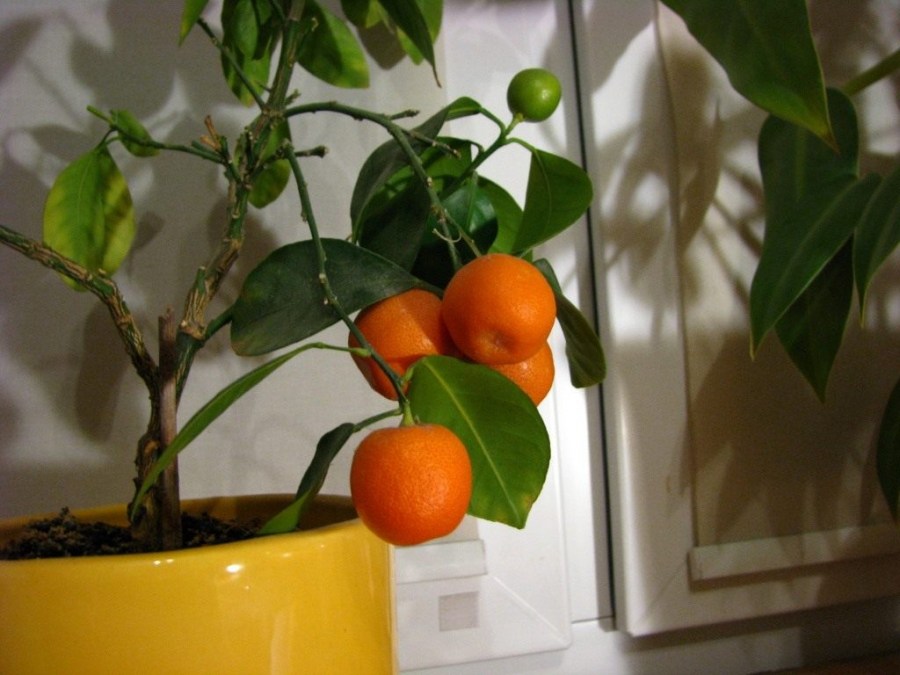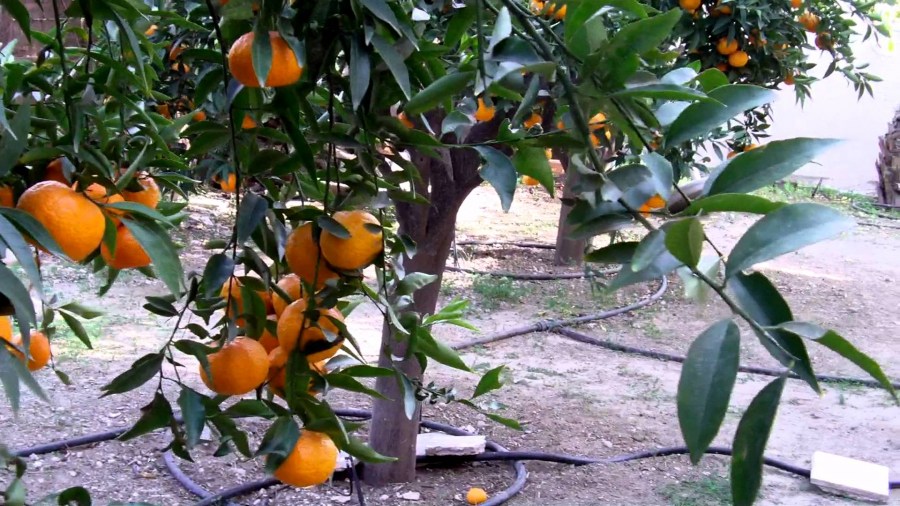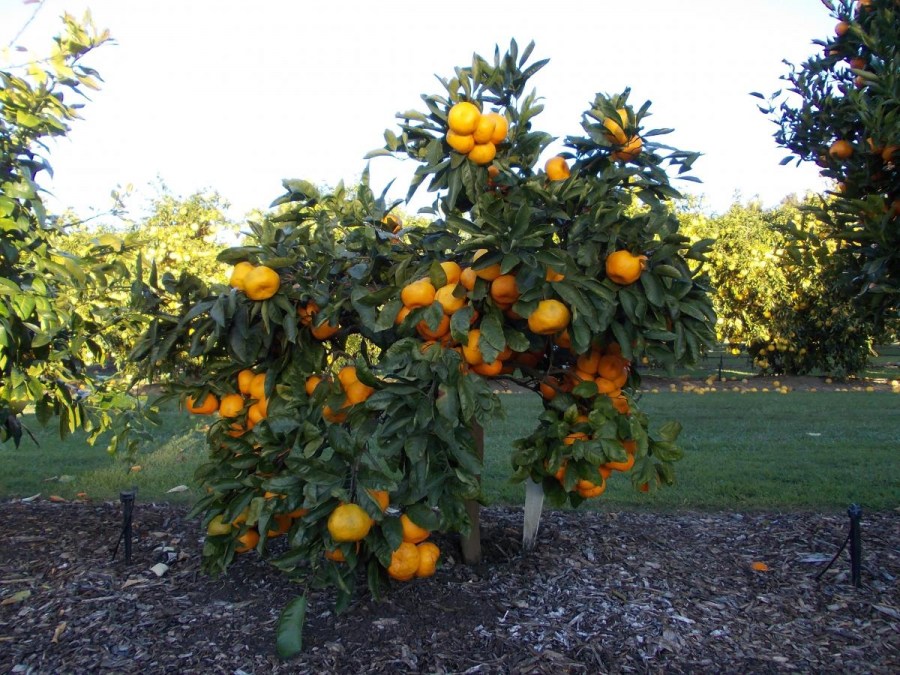Tangerine tree - instructions for how to care at home (80 photos)
Many dream of having a tangerine tree at home. Still - such a plant not only raises the mood, but also brings tasty and juicy fruits, useful both for maintaining immunity and for health in general. Indoor dwarf tangerine trees are usually grown. Having planted such a tree at home, everyone will be able to enjoy its pleasant aroma, giving a feeling of vivacity and helping to relieve tension and irritation.
Unfortunately, not everyone decides to plant this plant, since many are afraid in advance of the upcoming difficulties associated with caring for a tangerine tree. Such doubts are completely justified, because there are many citrus plants that are quite difficult to care for. Mandarin, fortunately, does not apply to them.
Where to start
Today, anyone can plant and grow a tangerine tree at home without much difficulty. The easiest way is to buy a seedling in one of the flower shops, after planting it. It will be a little harder to grow this plant by planting a normal mandarin seed in the ground, but this method is also quite simple.
So, to understand how to grow a tangerine tree from seed, read the following tips:
- First, take the largest and ripe fruits of tangerines and extract from them a few seeds (10-14 seeds). Then wrap the bones in moist gauze and leave for several days.
- Moisten gauze periodically with water, preventing it from drying completely. As a result, the seeds should swell and give small shoots. Instead of gauze, you can also use a hydrogel. And finally, start planting the finished seeds in the ground.
Soil selection
To grow a tangerine tree in a pot, you should very responsibly approach the preparation of the soil, which you have to prepare yourself. It's all about the presence of peat, which is part of the vast majority of mixtures sold in stores. And for citrus plants peat is contraindicated. So, to make your own mixture, you will need the following components: leaf soil (one part), turf soil (three parts), rotted cow manure (one part), quartz sand (one part) and clay.
If for some reason you do not have the opportunity to create your own mix, then try to find the most neutral soil in the stores. In extreme cases, mix plain earth with some ash, organic fertilizer, and superphosphate.
When the soil is prepared, do this:
- Take a pot and put small pebbles or expanded clay on the bottom.
- Fill the pot with the resulting soil mixture.
- Place the swollen seeds in the soil. Depth of landing should be approximately 5-7 cm.
Next, put the pot with planted seeds in a place flooded with light, but do not allow direct sunlight to sprout to avoid burning them.
Tangerine tree care
Any plant needs attention, and if you want your tangerine tree to grow beautiful and full of strength, start taking care of it from the very beginning.
Firstly, immediately after the appearance of the first sprouts, it is recommended to feed the plant with mineral and organic fertilizers, since those that were originally contained in the soil were usually washed out by this time due to frequent watering.
Top dressing should be done once a week, and during the period from March to September - even more often. Active fertilizer of the plant in the future will affect the quality of the fruit: the more correct and intensive the feeding, the sweeter the fruit will grow.
To know what healthy fruits look like, you can find a photo of a tangerine tree on the Internet - so you will have a clear idea of what result you should strive for.
Finding feed mixtures and fertilizer for citrus fruits is easiest in flower shops. When buying, you should pay attention to the composition of the fertilizer: it must necessarily contain nitrogen, potassium and phosphorus.
Secondly, to put a pot with a tangerine tree should be on the window located on the south side of the house, if possible. This plant loves the sun. It is important that in winter the temperature on the windowsill does not fall below 15 degrees.
Thirdly, it is worth taking care of the amount of moisture delivered to the tangerine, because it needs moisture. You need to spray the tree every week. As for watering, in the summer, the plant needs to be watered very abundantly, and more than once a day. In winter, during the week, only 3 irrigations will be enough.
Fourthly, once a year (best in spring), you need to transplant a tree. Doing this is neat. When transplanting, try to save the earth near the roots of the whole.
Tangerine tree pruning
The main task of circumcision is to form a lush tree crown and subsequently obtain juicy and aromatic fruits. Usually, during the first year (and sometimes even the first two years), a citrus plant has to be constantly pinched and pruned, thereby forming it. To understand how to prune a tangerine tree correctly, check out these tips:
If you see that your tree has already reached a height of 16-20 cm, then you can safely pin the top. Thanks to this, the side shoots begin to grow. Then, if after some time some shoots are excessively extended, then they will need to be pinched again.
In most cases, the first 1-2 years the tangerine tree does not bloom, but if you still have flowers during this period, then they should be removed. All the same, they will not give fruits, but the plants will take up a lot of energy. Withered leaves should also be removed.
If everything is done correctly and accurately, as a result, your tree will be slim and healthy, and the flowers will be large and beautiful.
Tree Health Threat
When a tree is still young, it is quite vulnerable. Various pests can be found on it, such as citrus whiteflies or red spider mites, which can significantly harm the plant.
If you have at least the slightest suspicion about the presence of pests, then you need to immediately buy one of the special drugs: Actellik or Fitoverm. With such solutions, you need to wash the leaves of the tangerine tree from top to bottom. Rinse, not spray.
When buying, an instruction is attached to the solution, which is recommended to be carefully studied in order to do everything correctly and prevent the death of the plant.
There are also many diseases of the tangerine tree. Here are some of them: wartiness, anthracnose, late blight, citrus cancer, citrus hommosis, root rot, tristeza.
Typically, these diseases are the result of the ingestion of microorganisms such as viruses, fungi, mycoplasmas and bacteria that enter the plant through wounds, by insects or as a result of watering.
If the mandarin is sick, then various rot, ulcers, growths and stains appear on the tree itself and on its fruits.Unfortunately, it is far from always possible to save a tangerine tree from such diseases.
In any case, do not be scared in advance of the above difficulties. If you are very careful and give your plant warmth and care, it will certainly grow healthy and will delight you with its beauty, sweet fruits and a pleasant aroma.
Photo of tangerine tree
Do-it-yourself site improvement: photos, instructions, workshops, recommendations from the pros!
Chain-link fence: 95 photos of the features of different installation options
Veranda attached to the house - instructions on how to do it yourself + 100 photos and video
Join the discussion:
